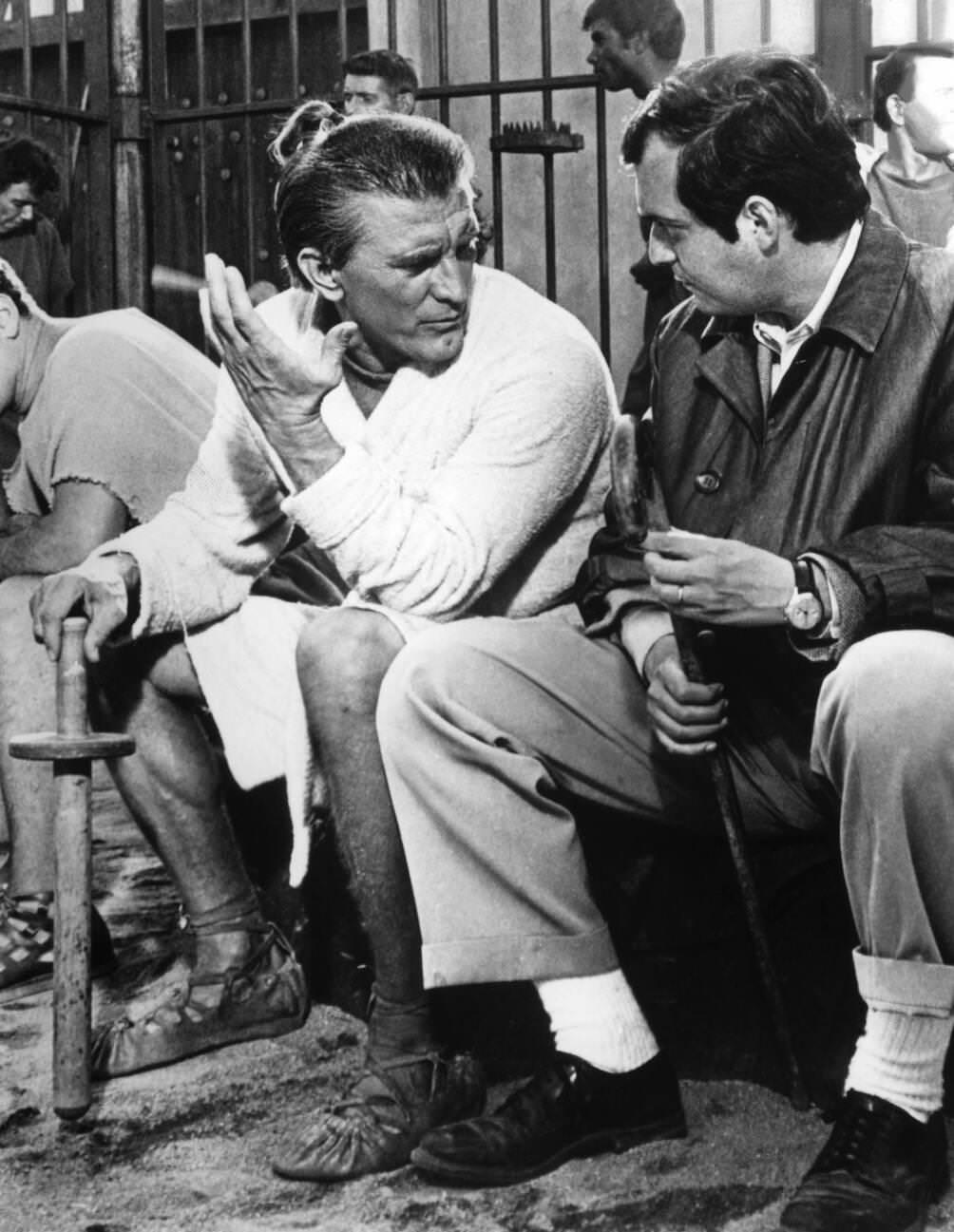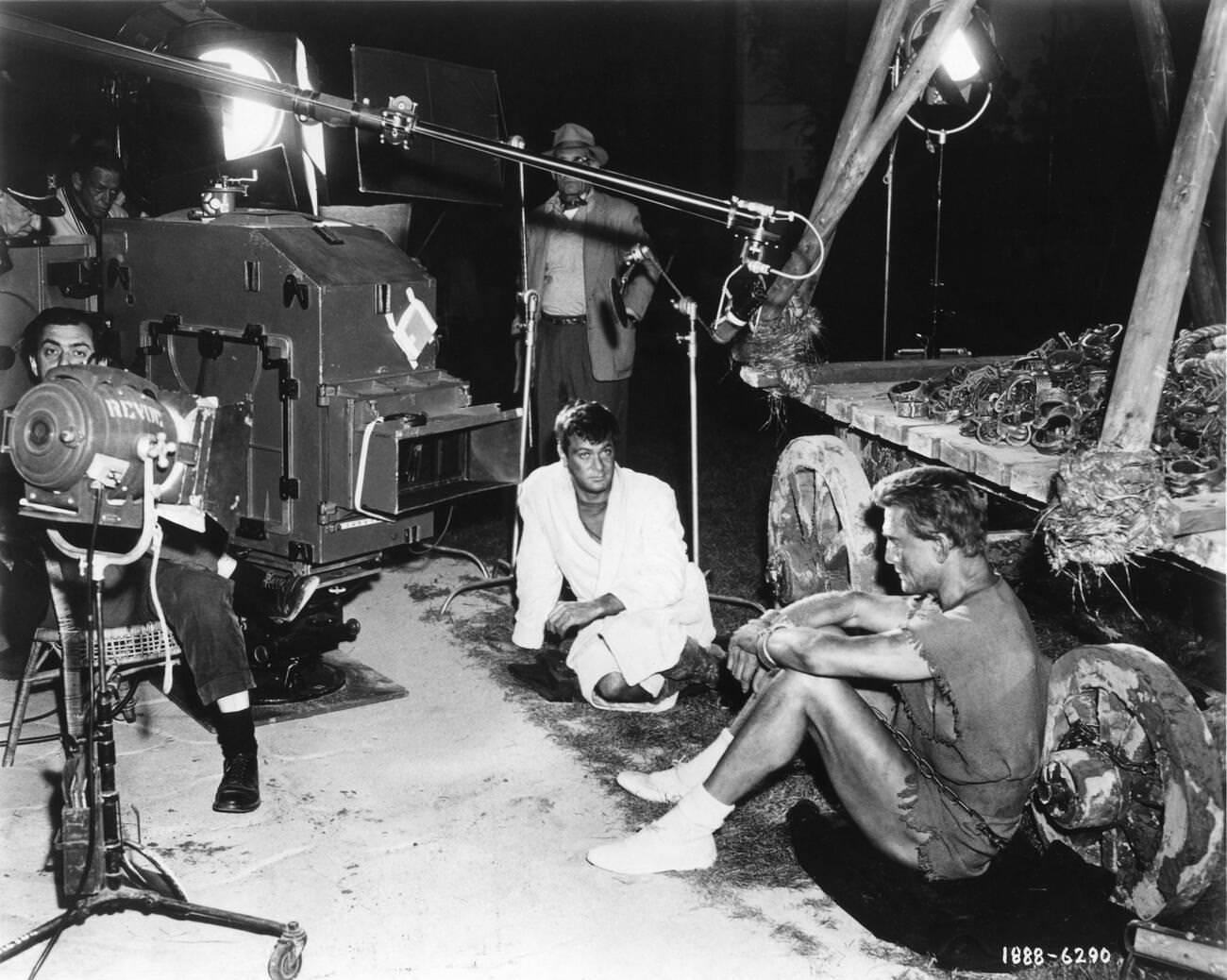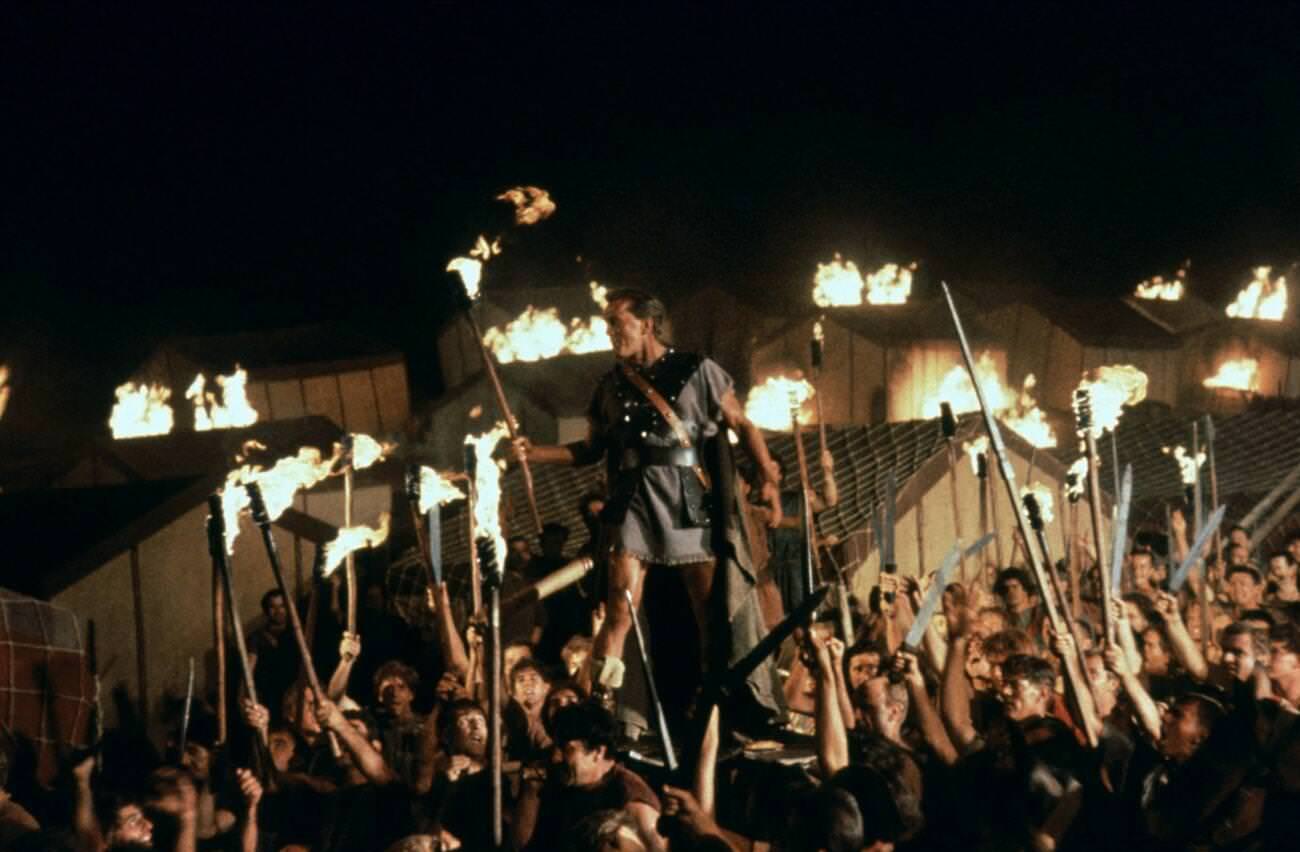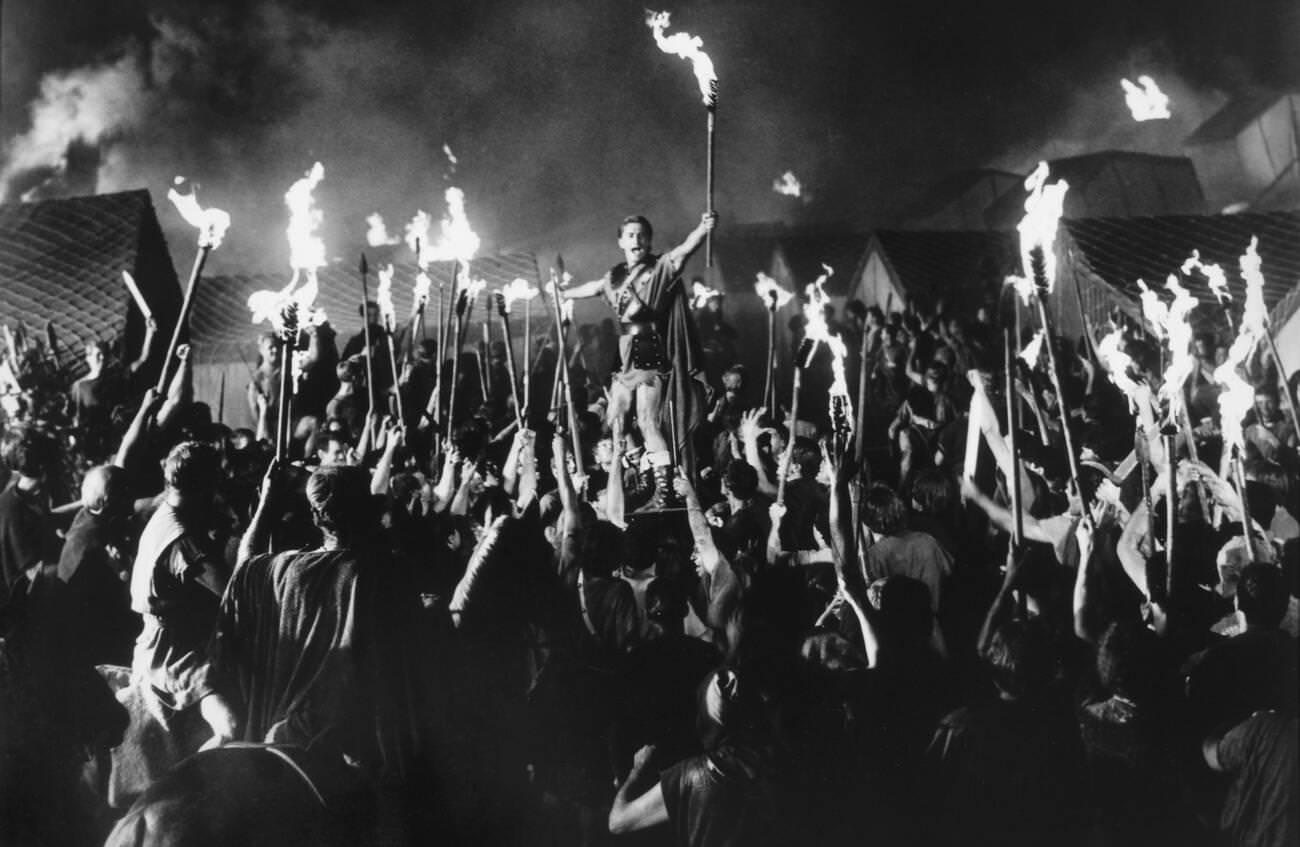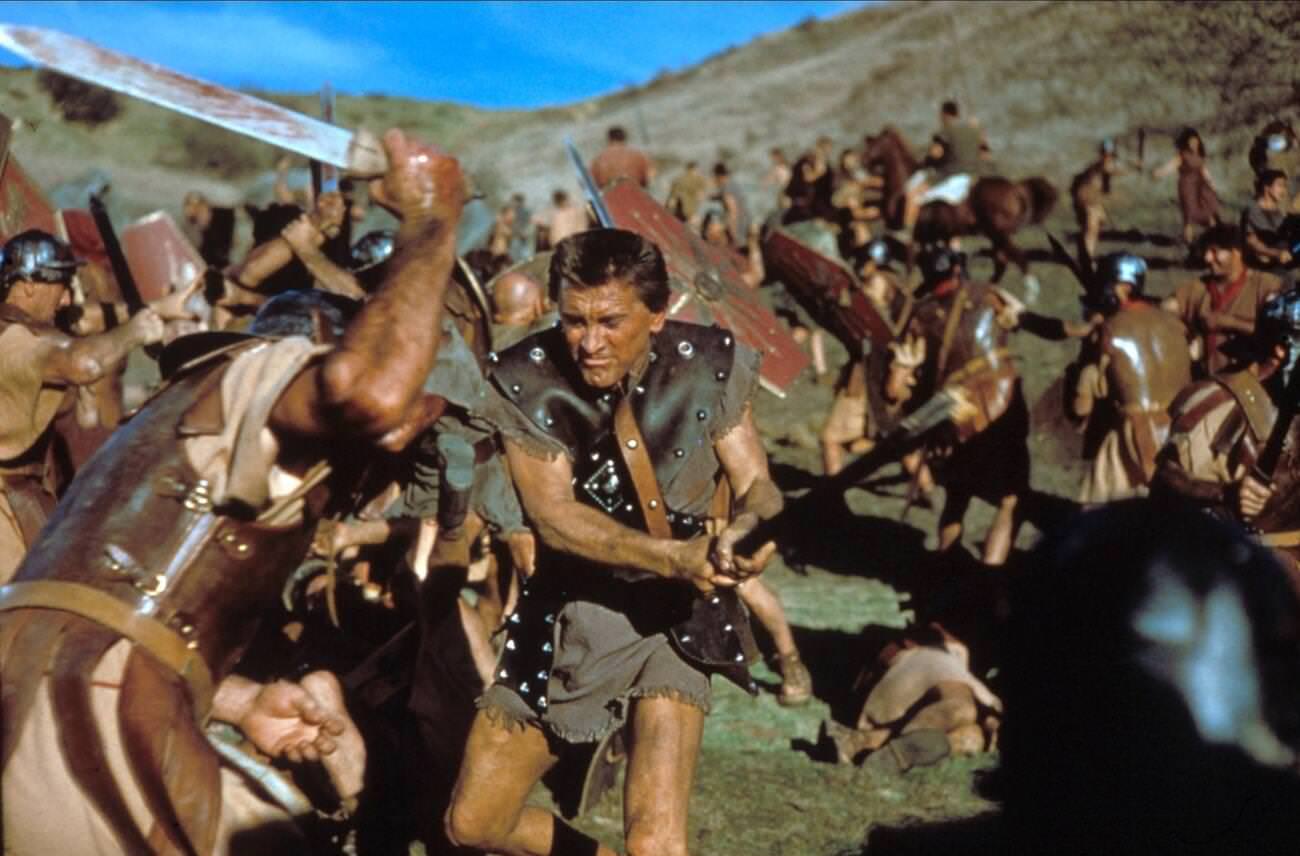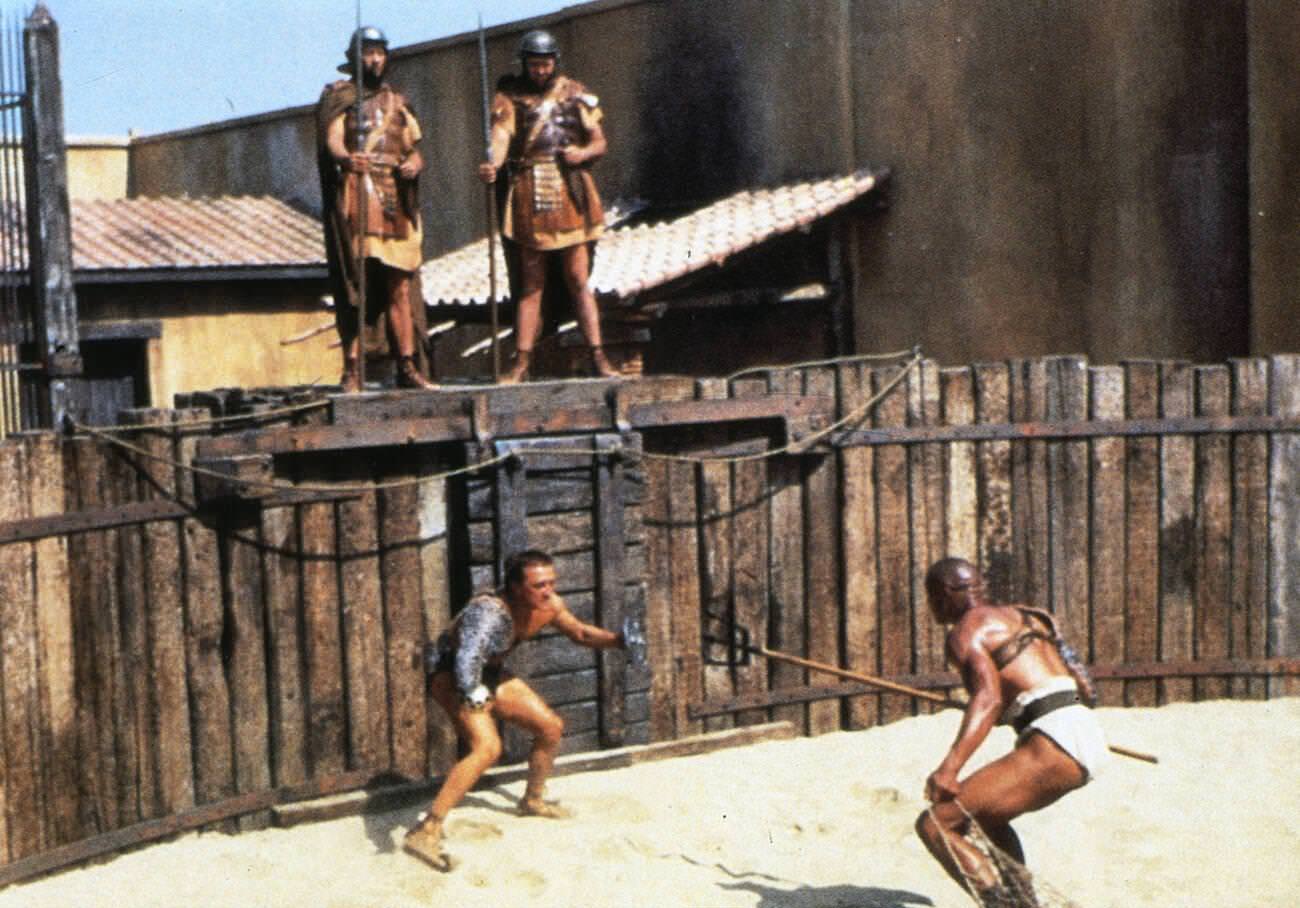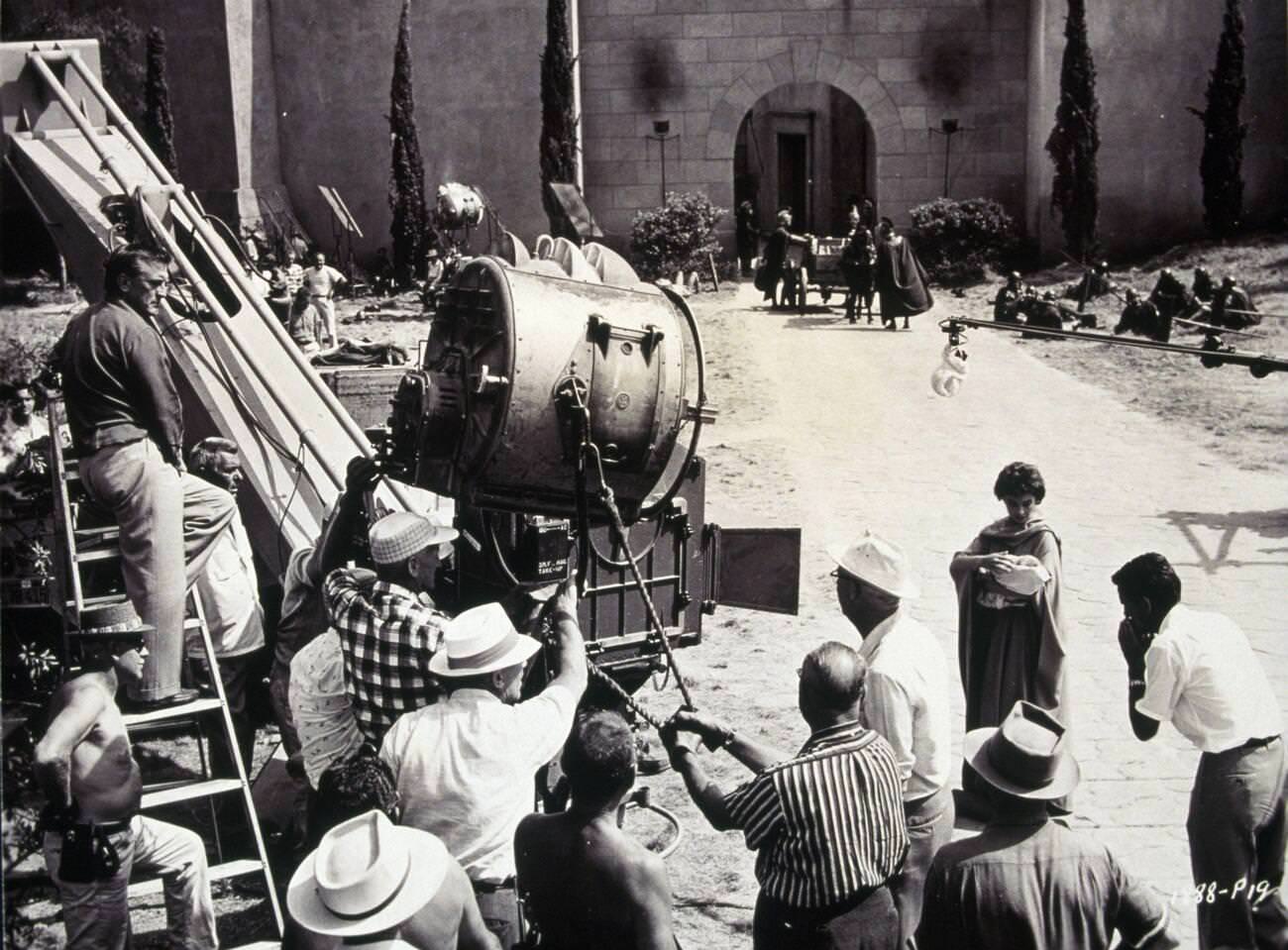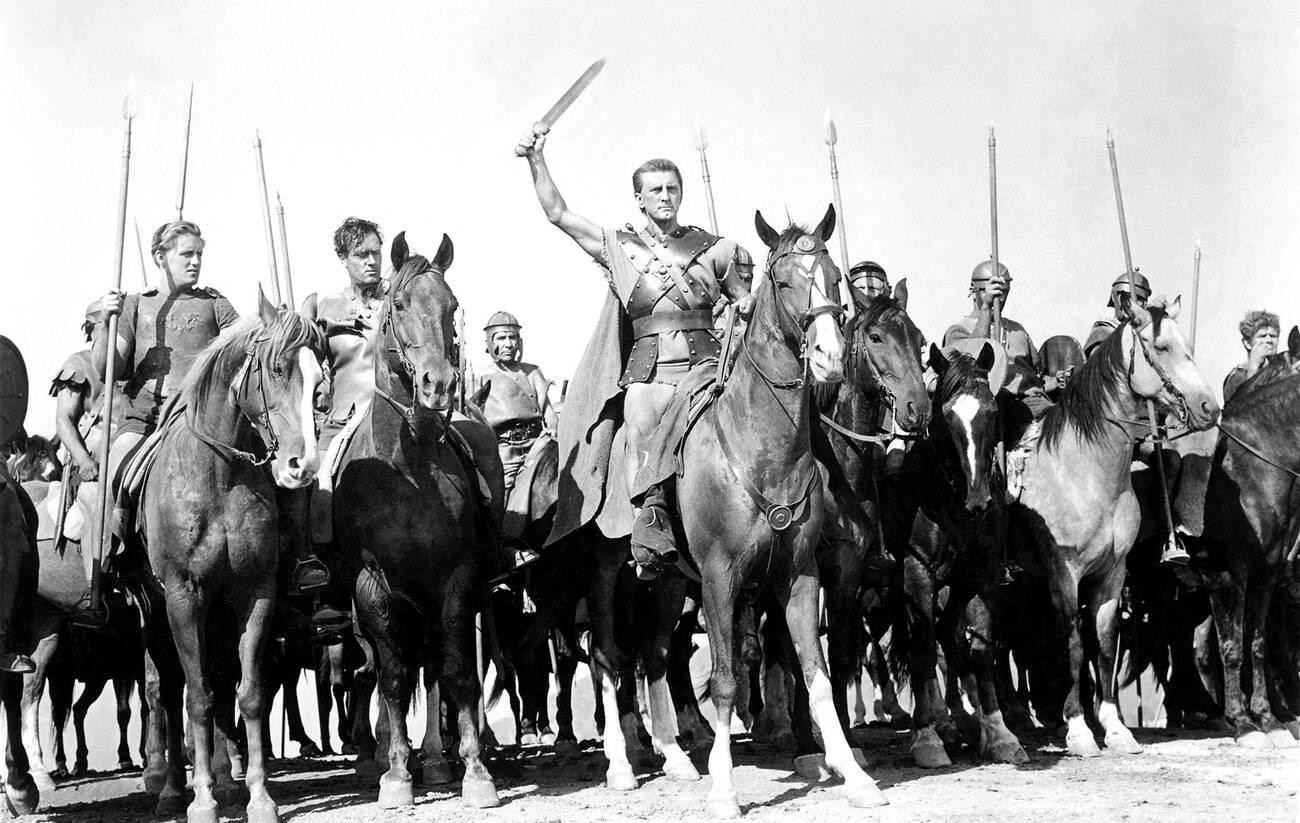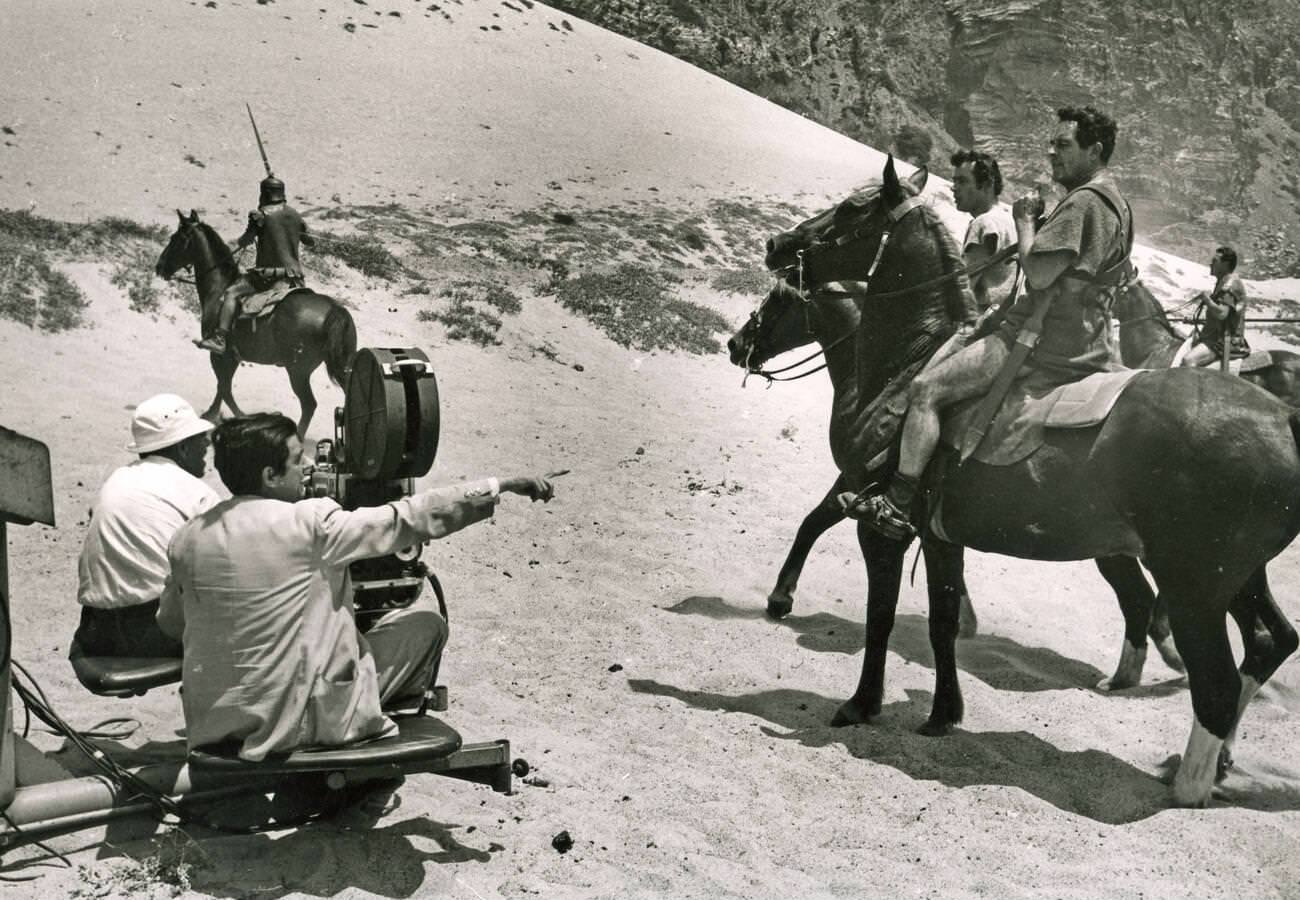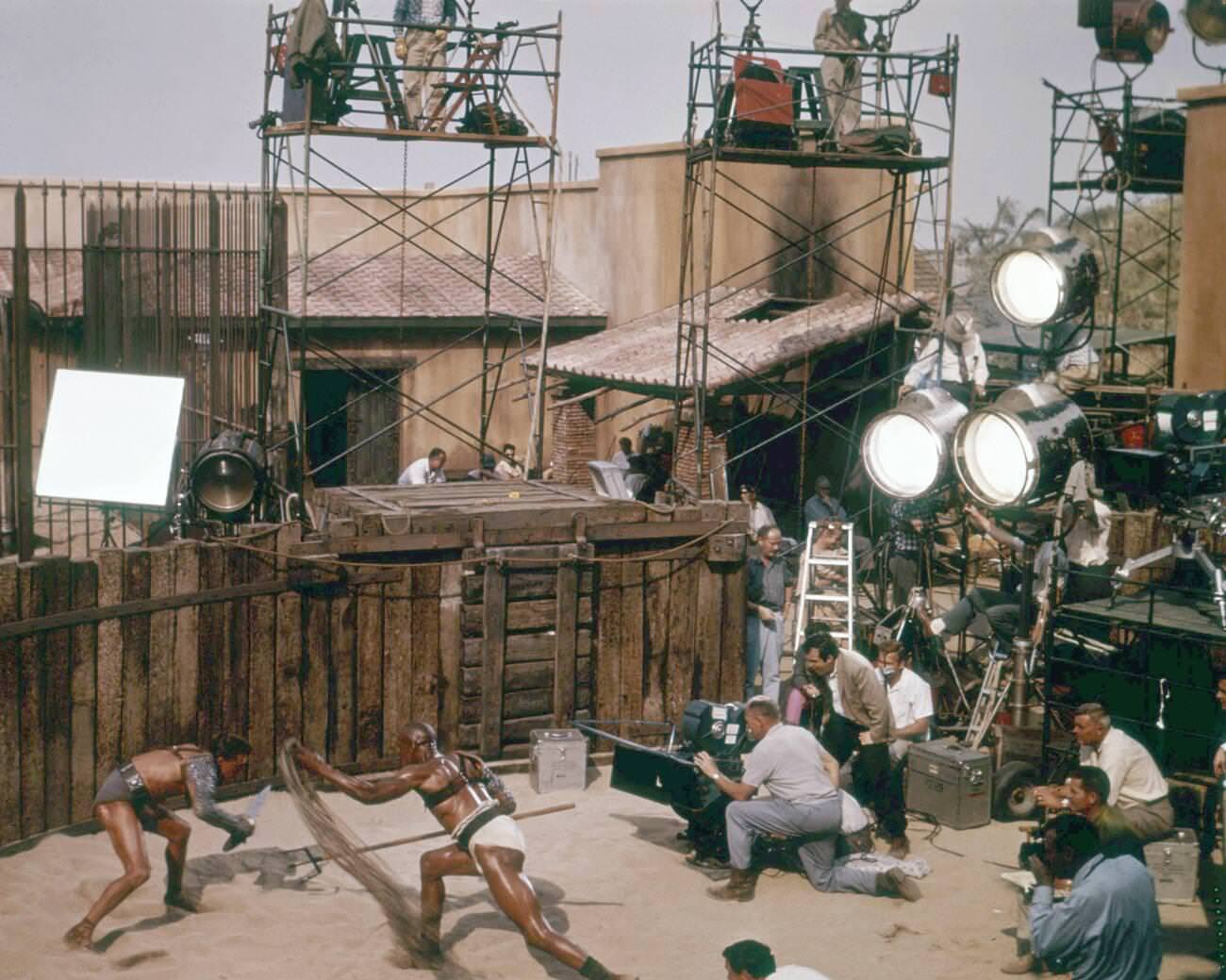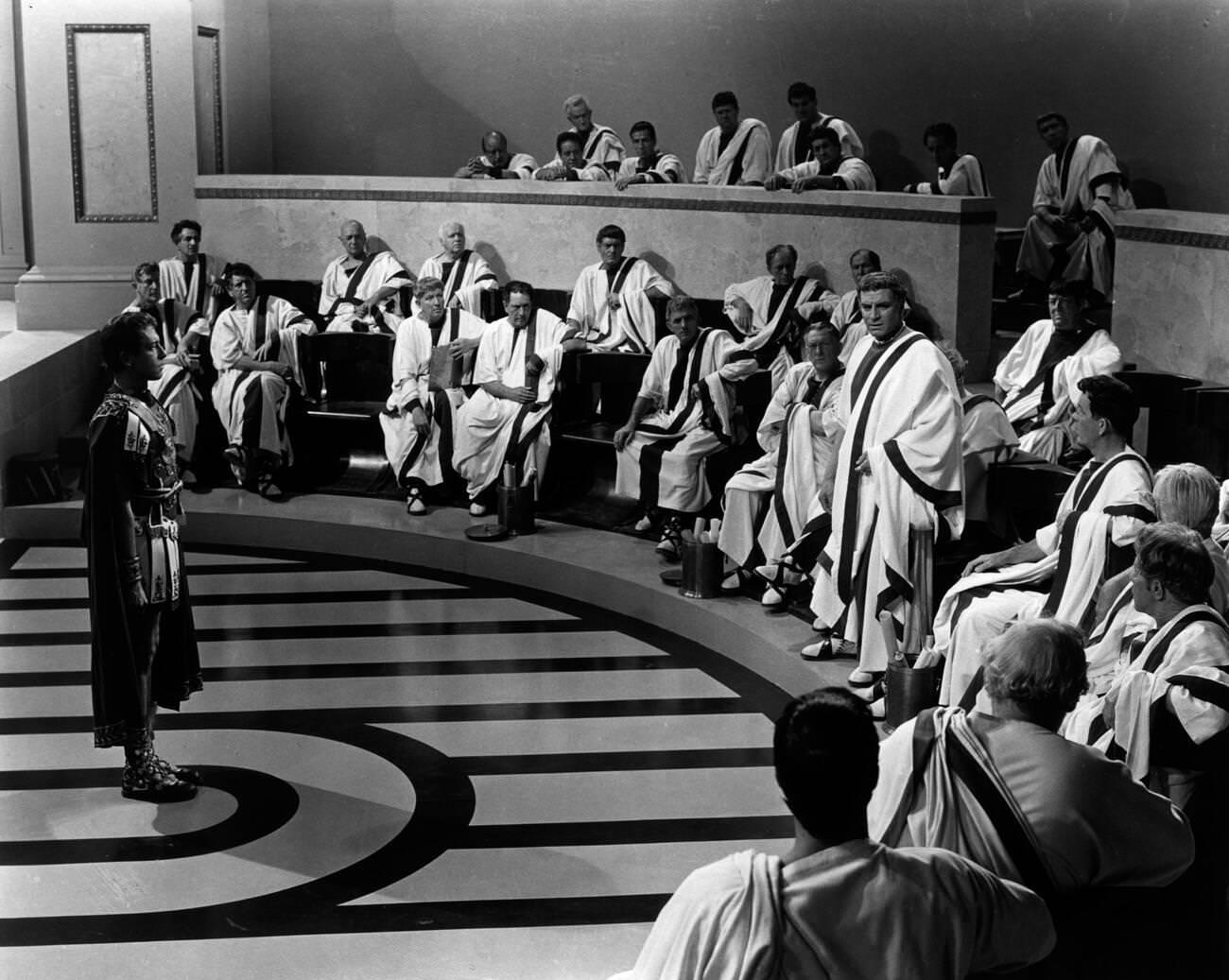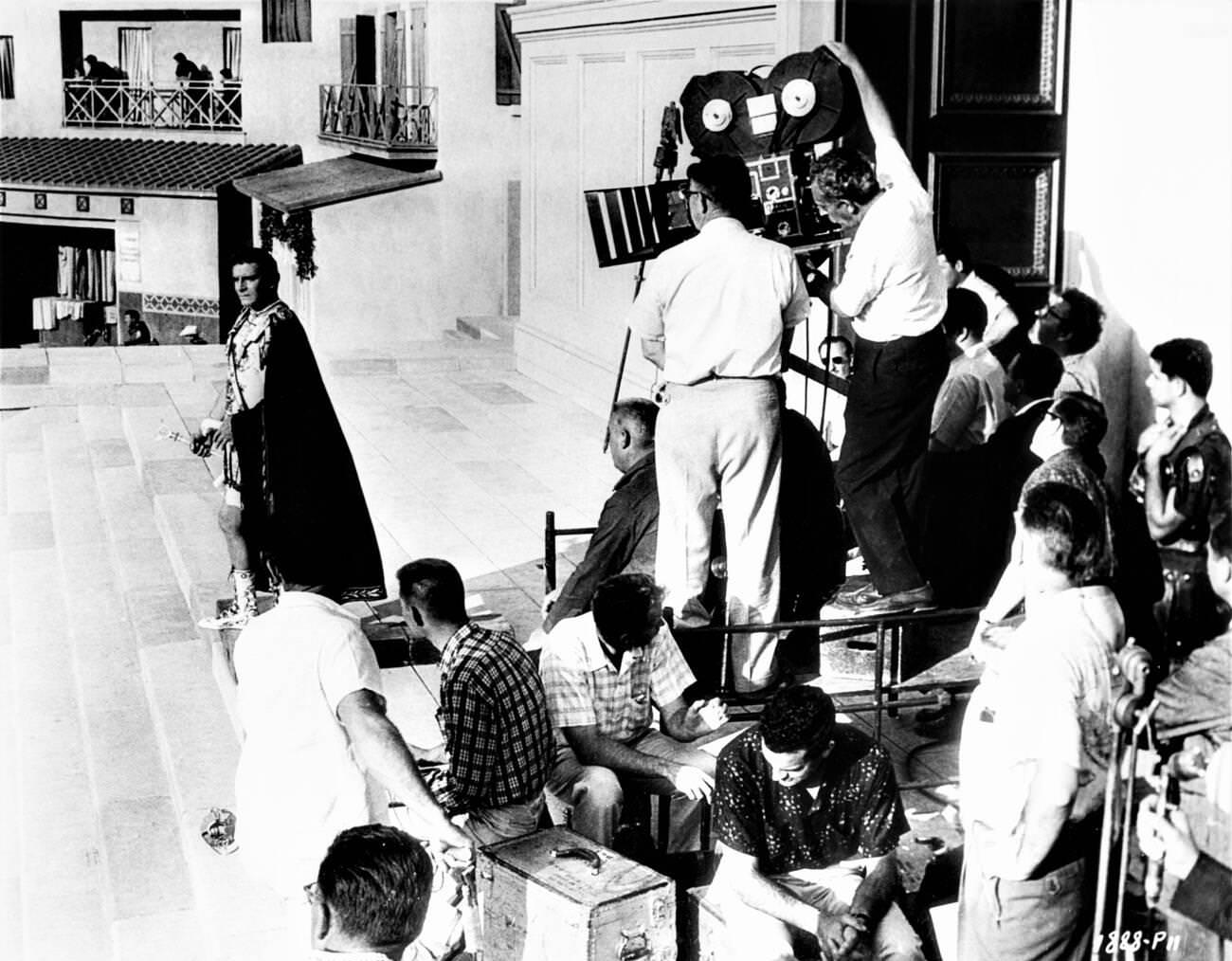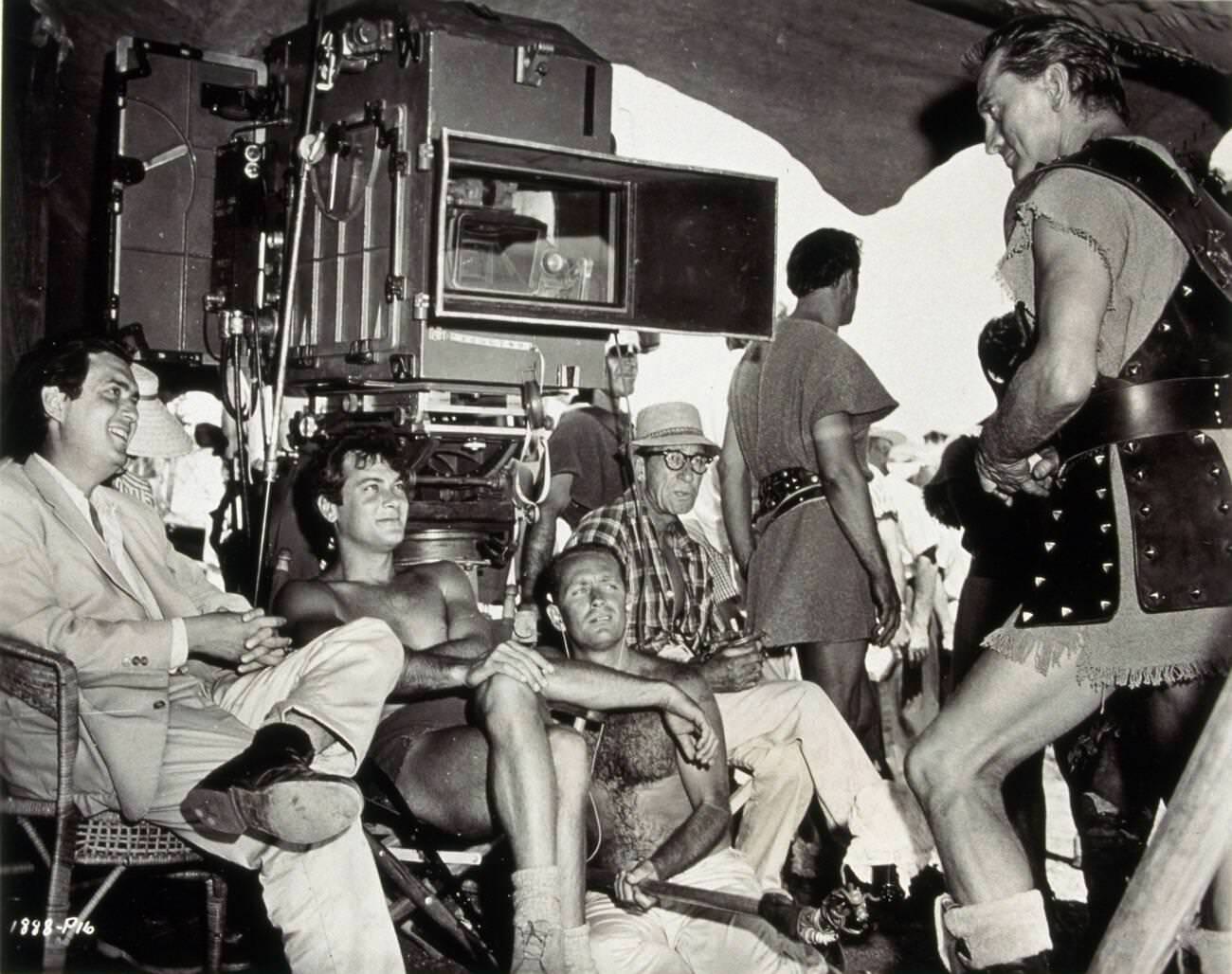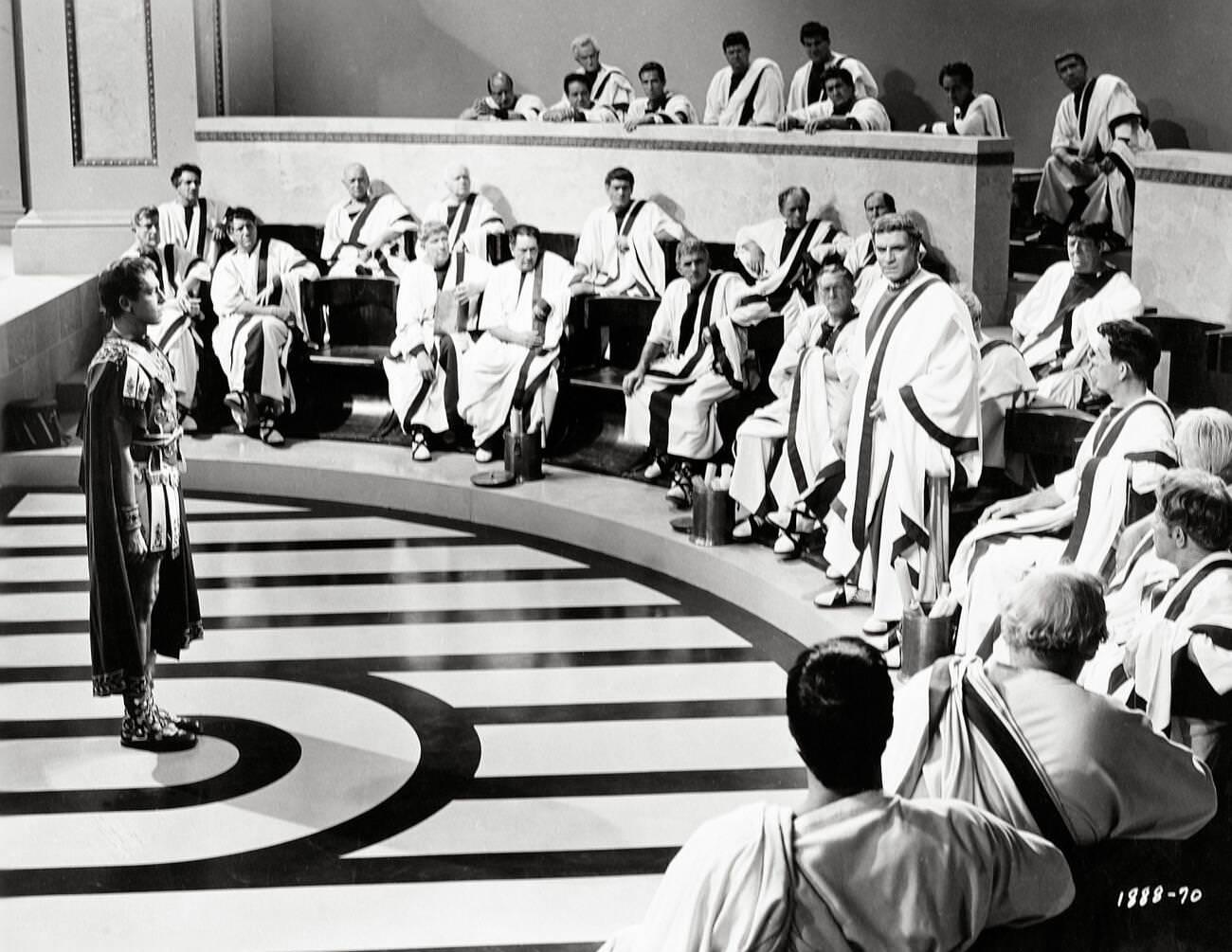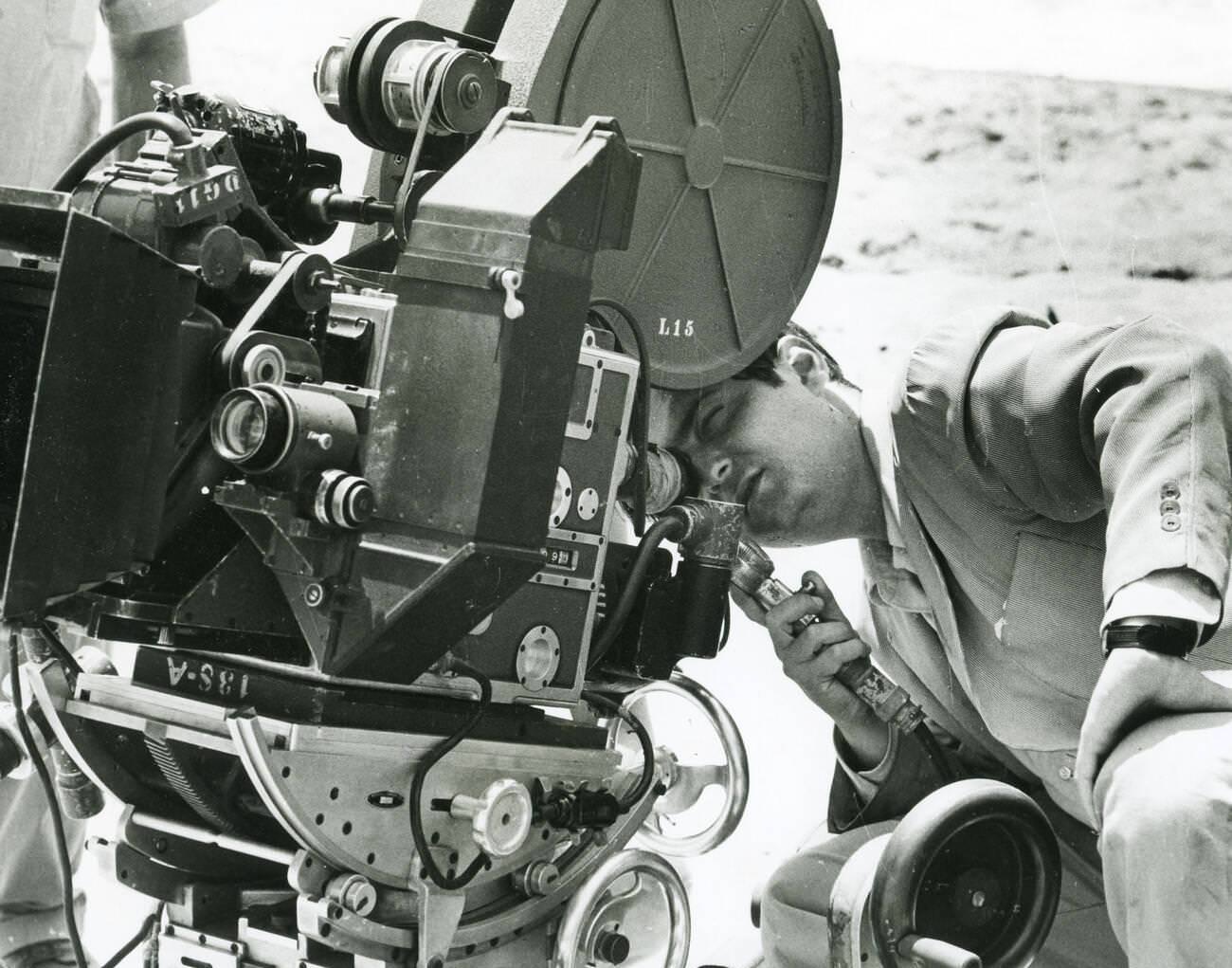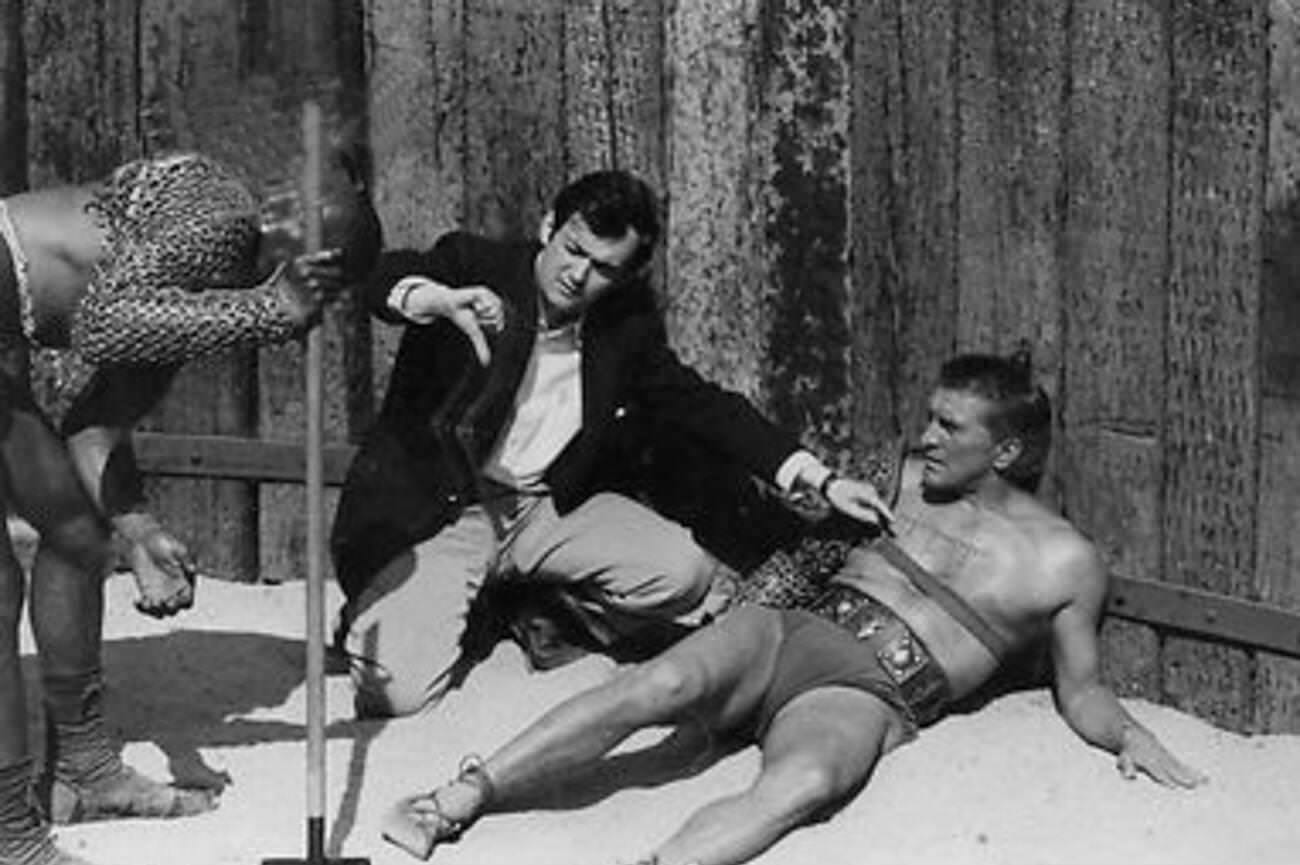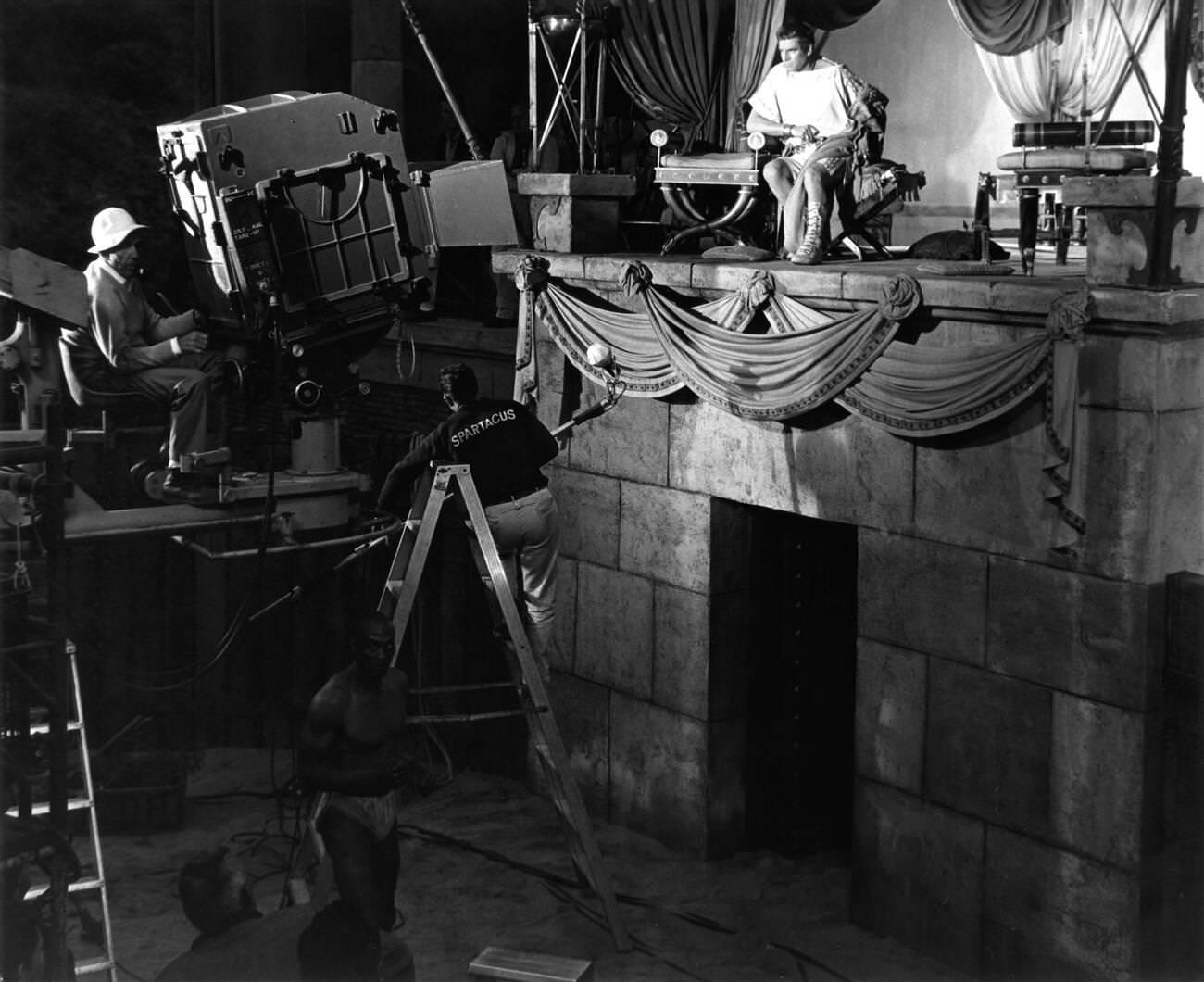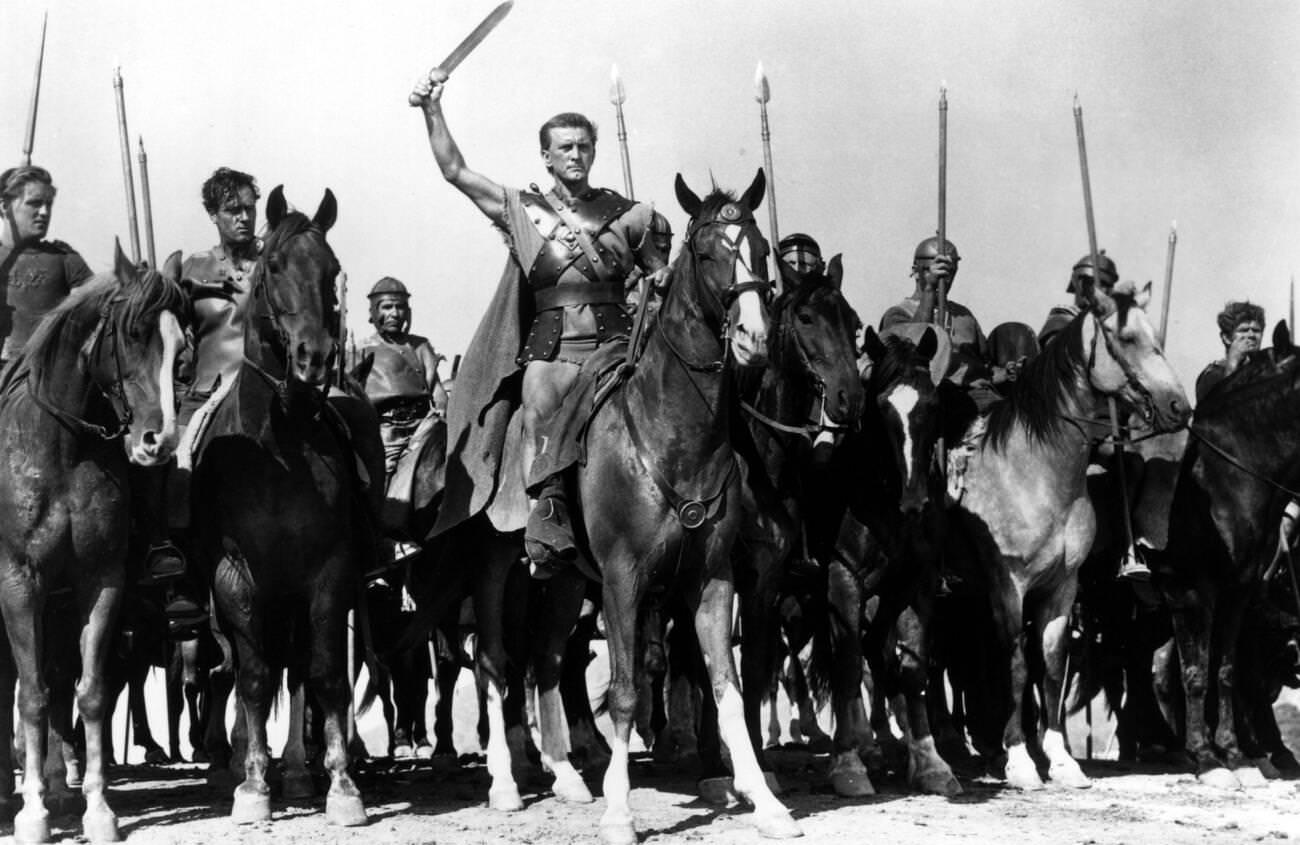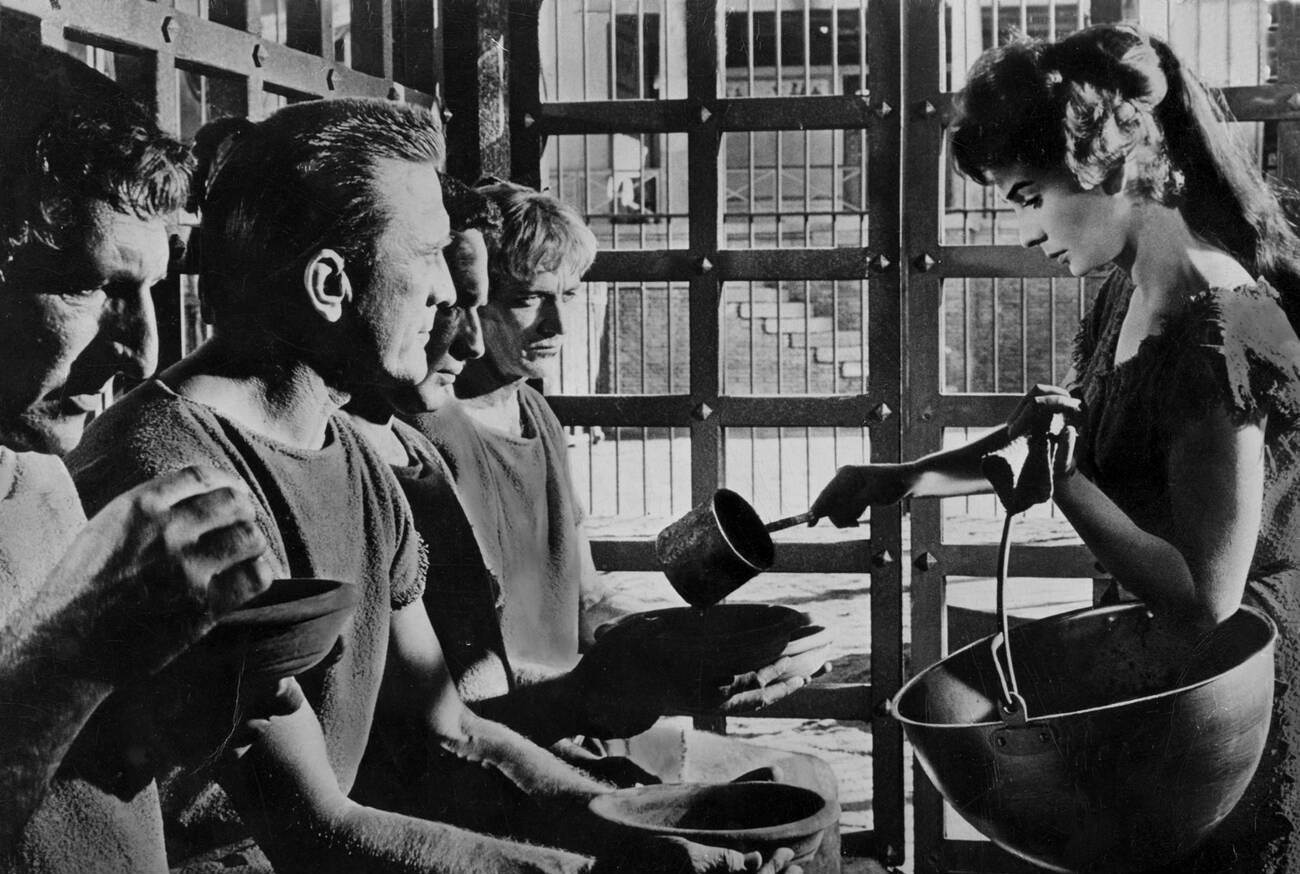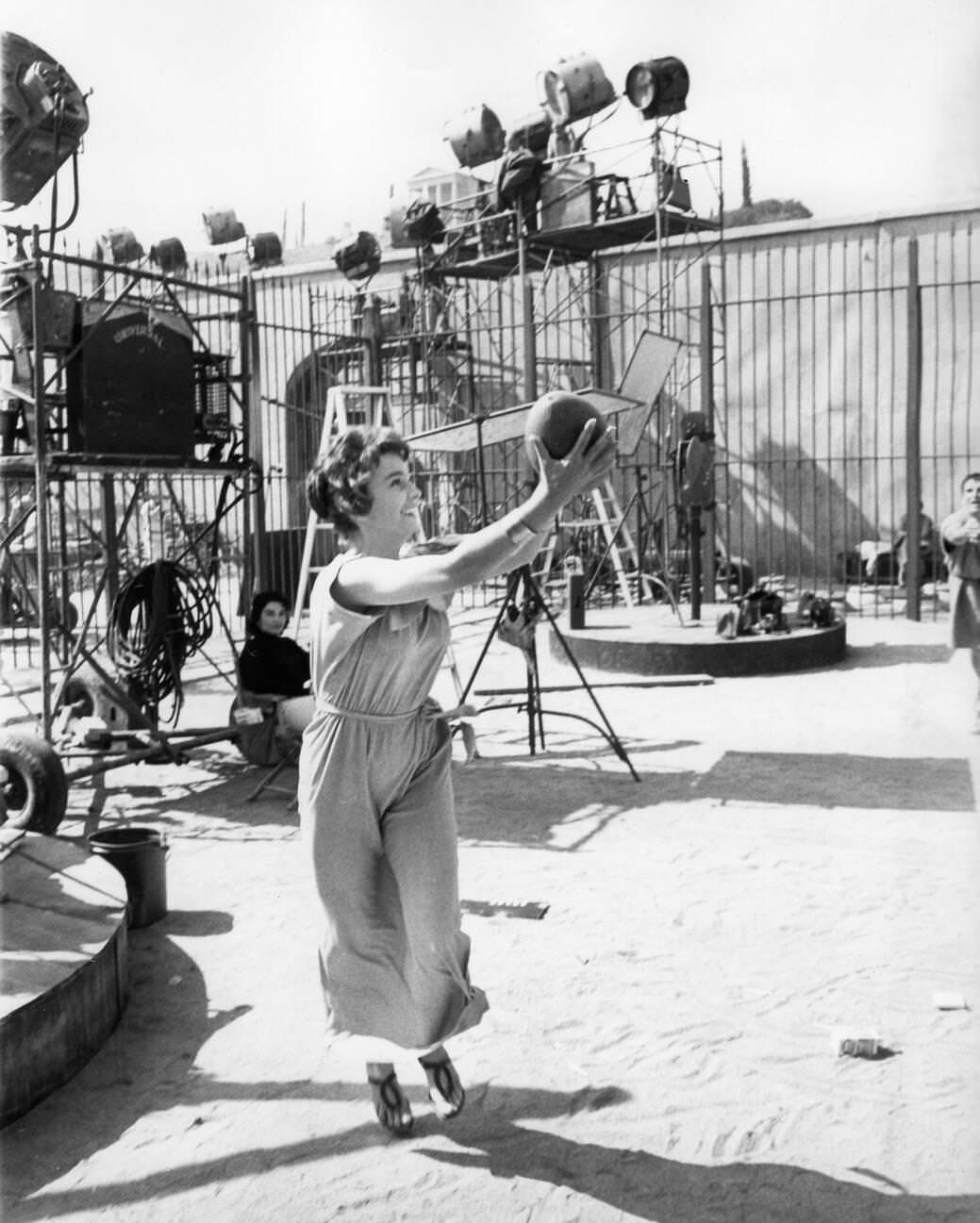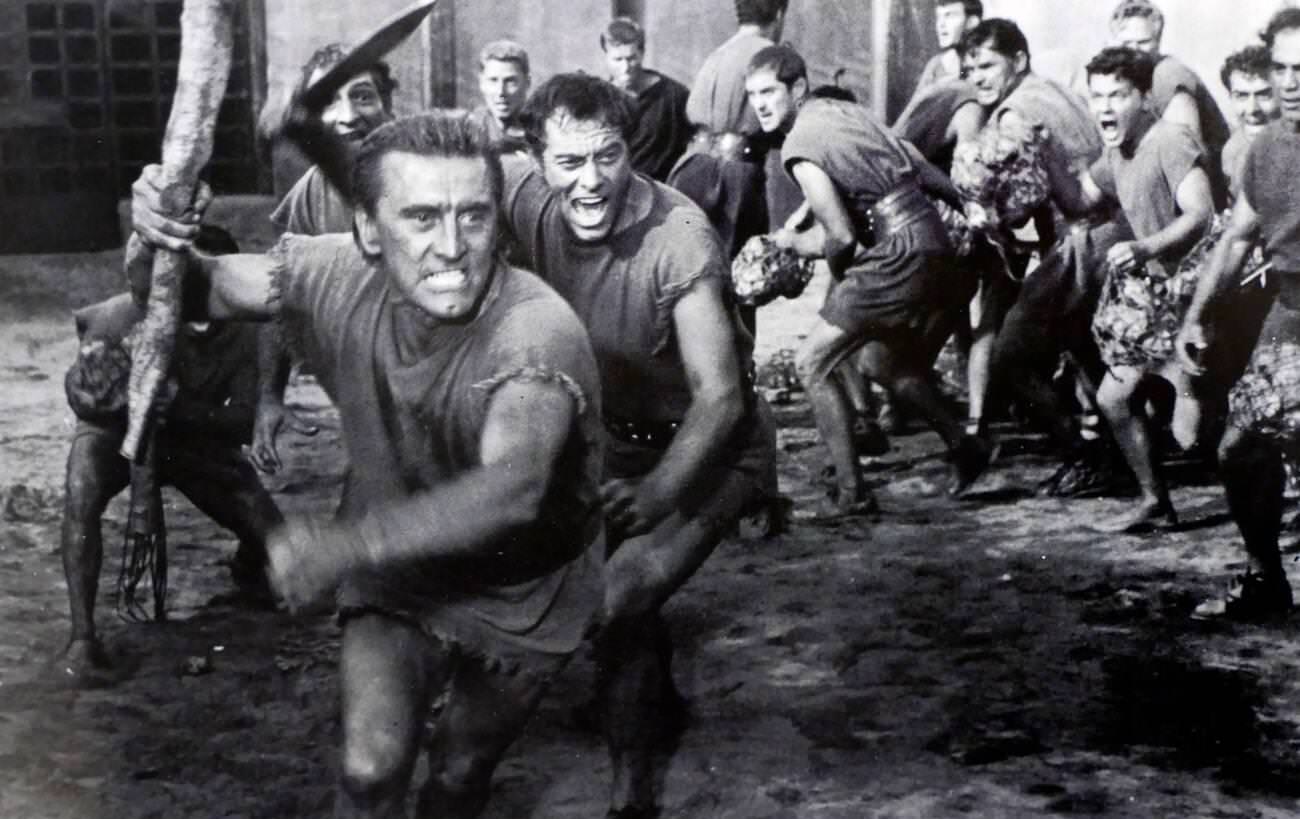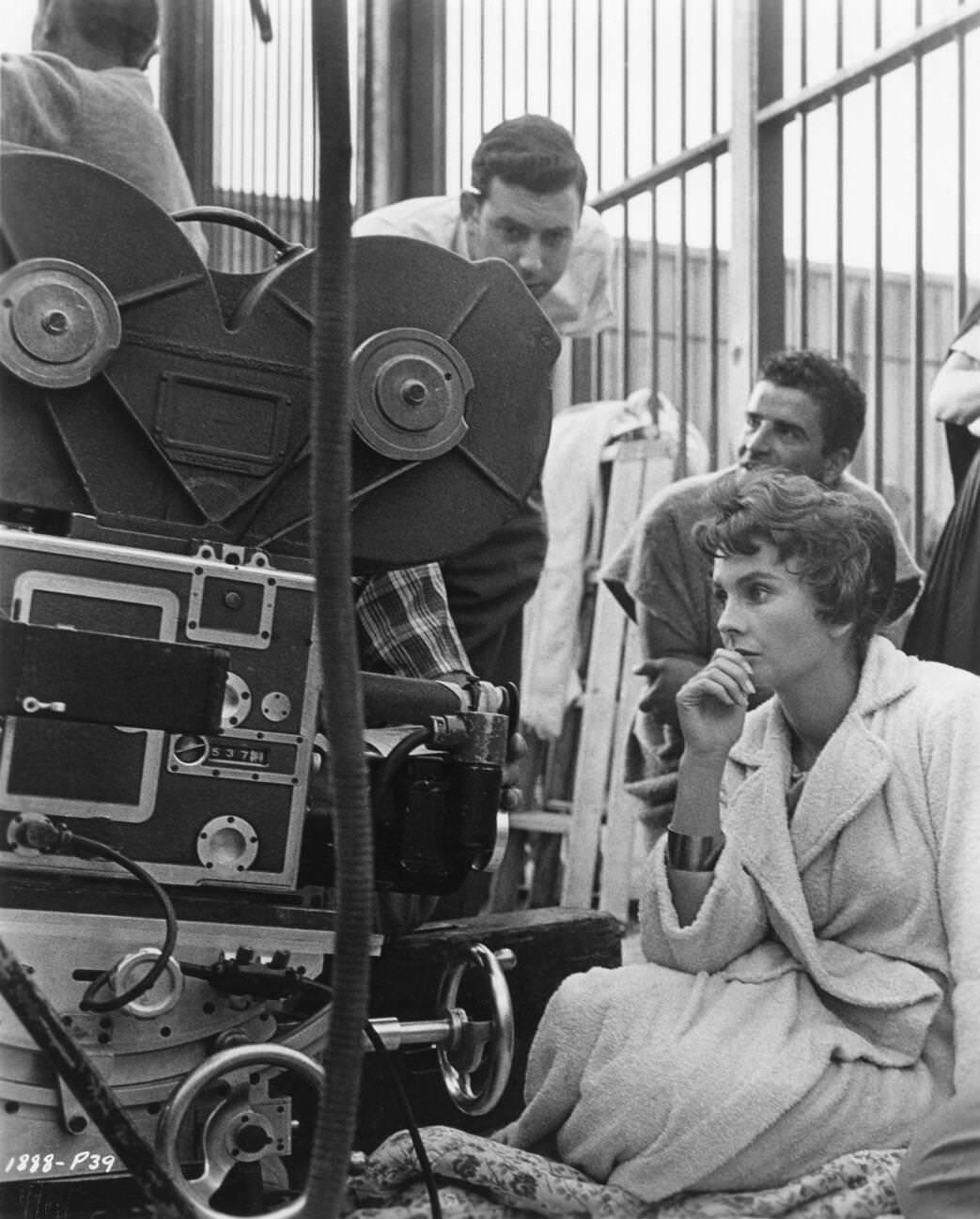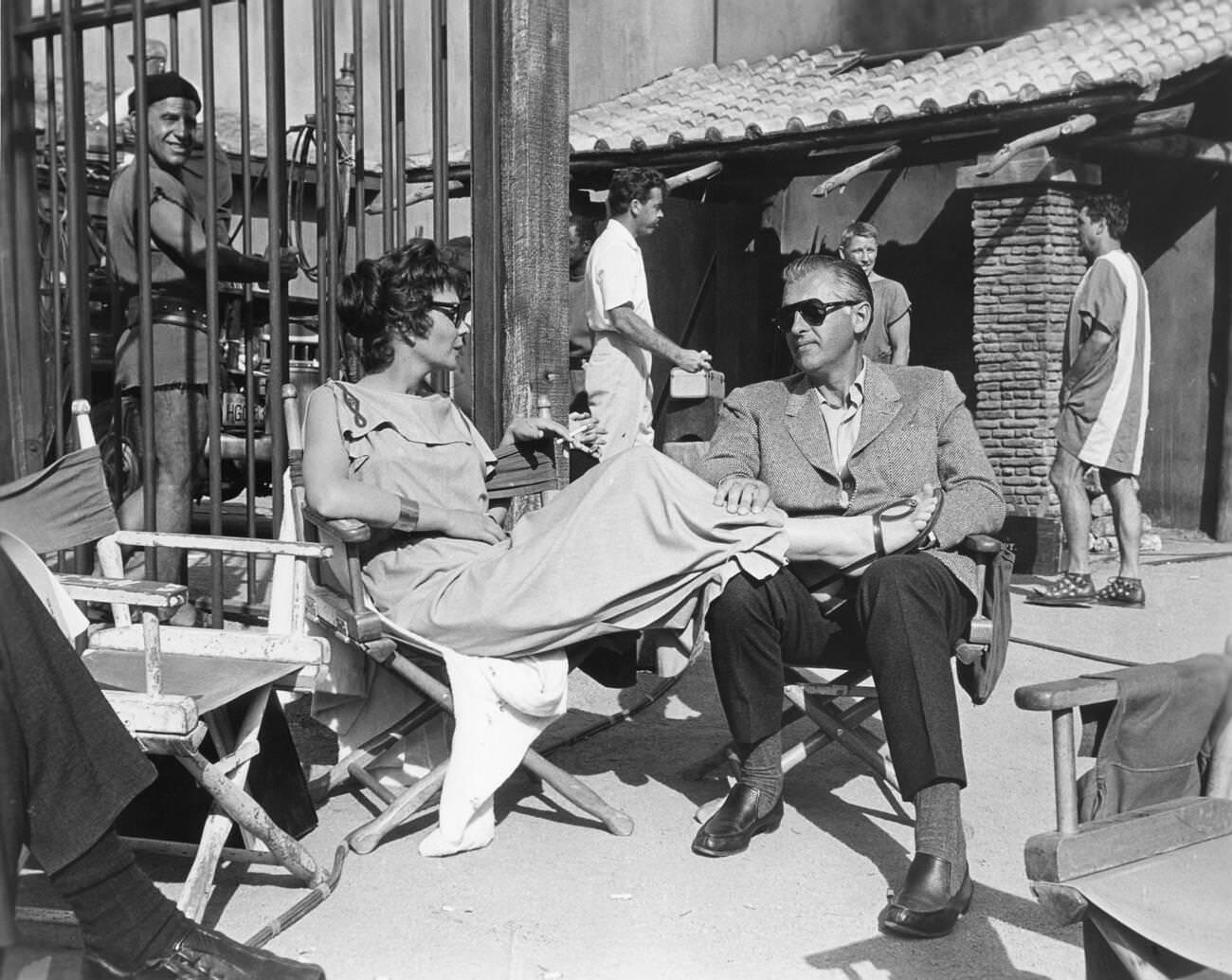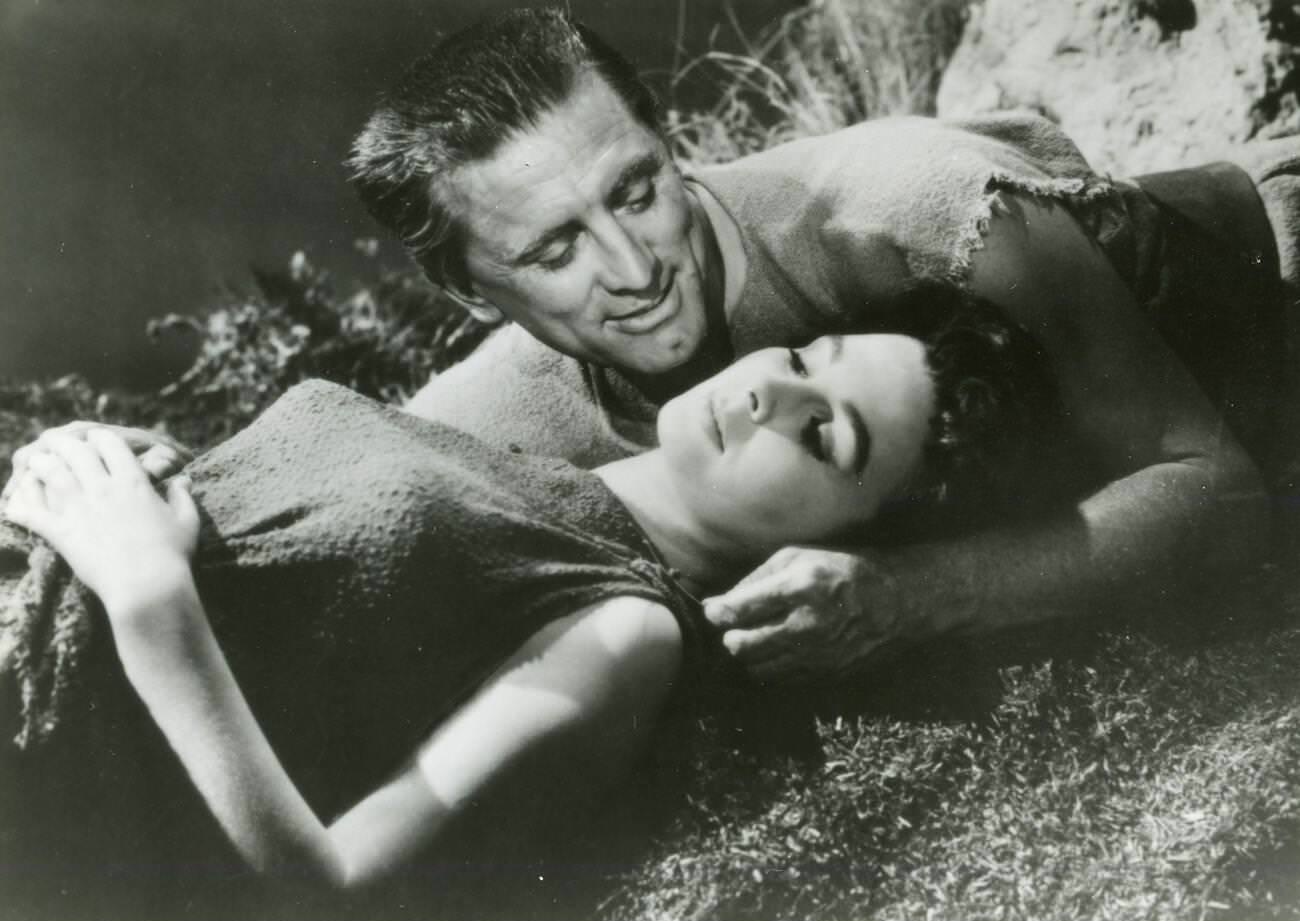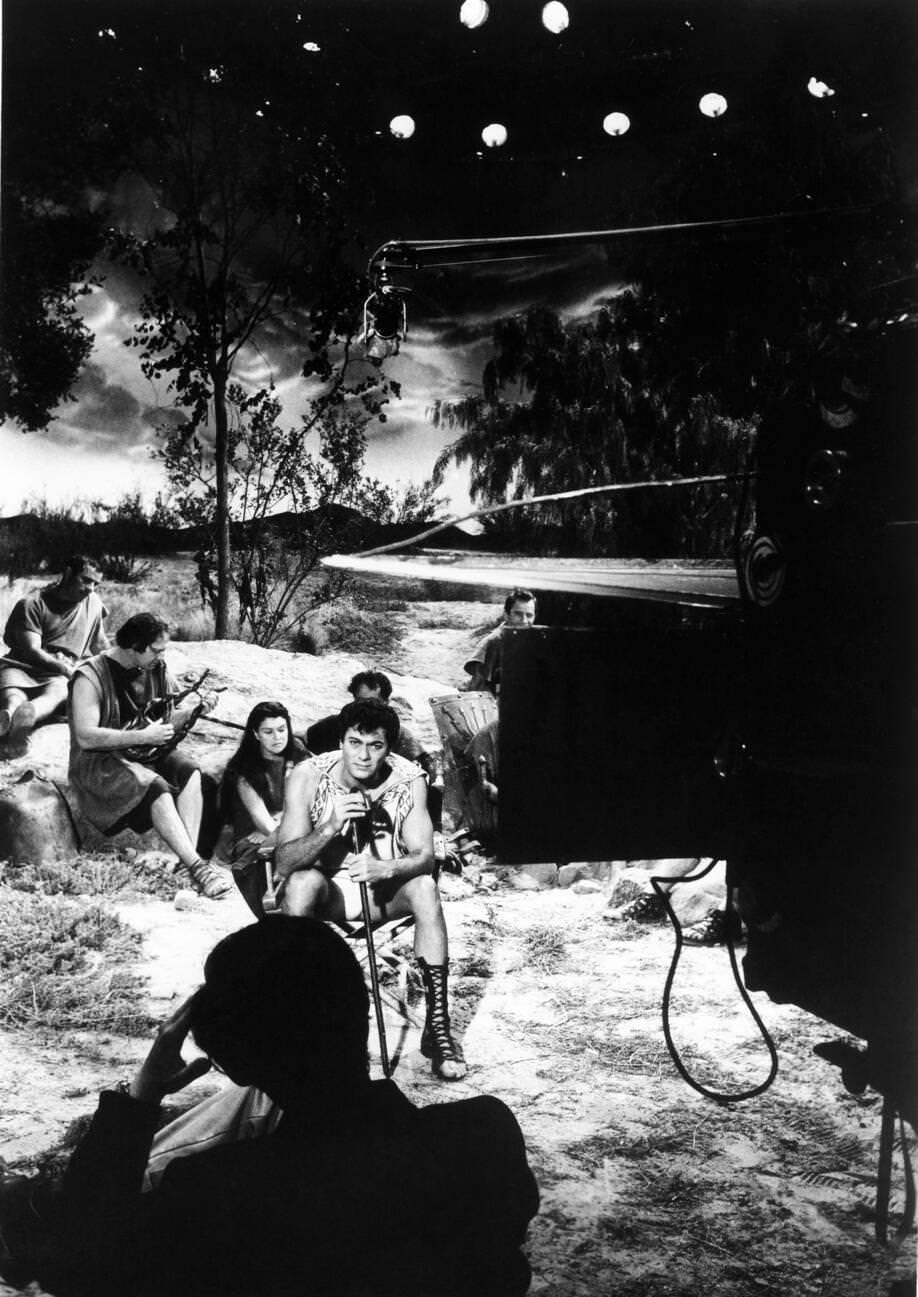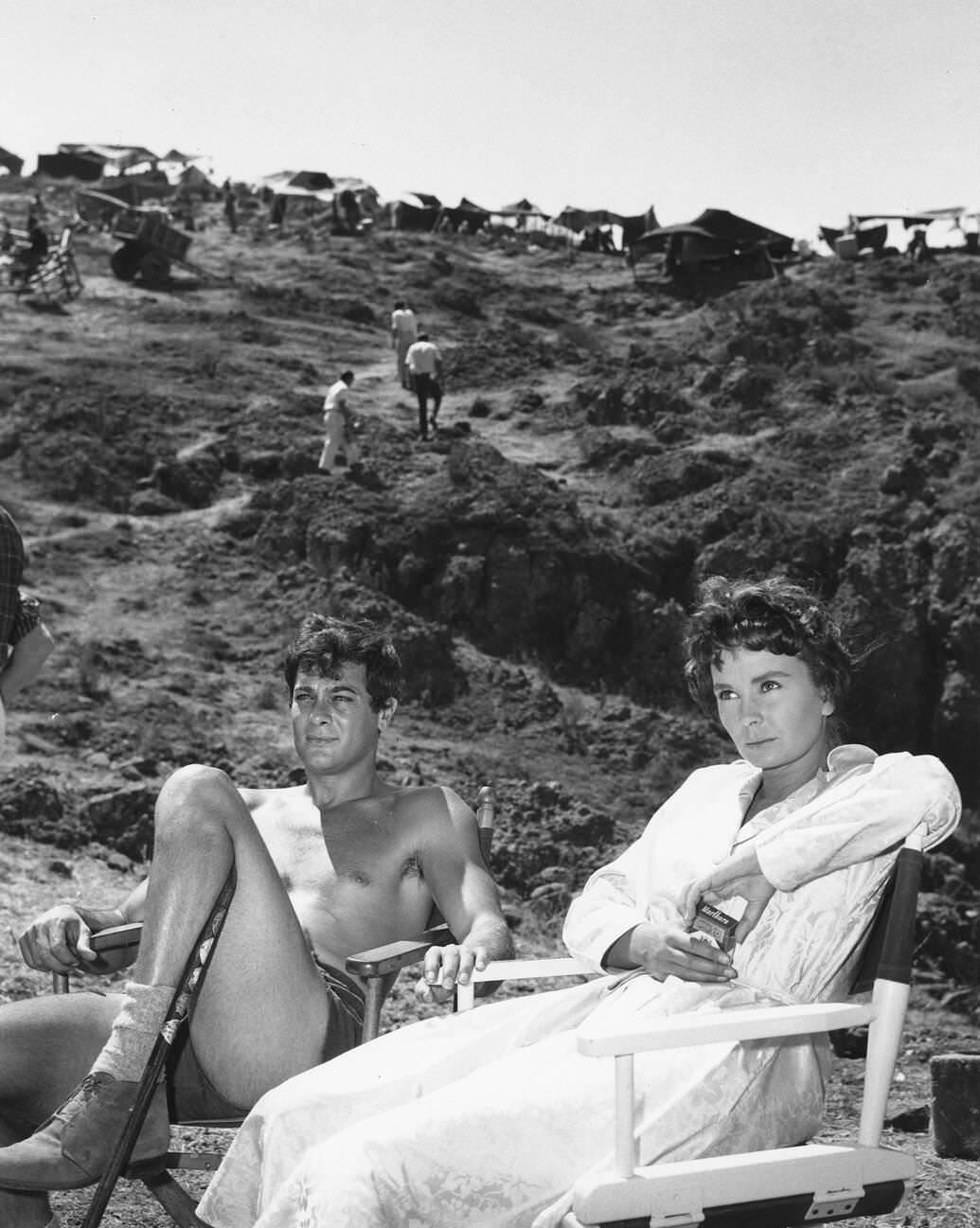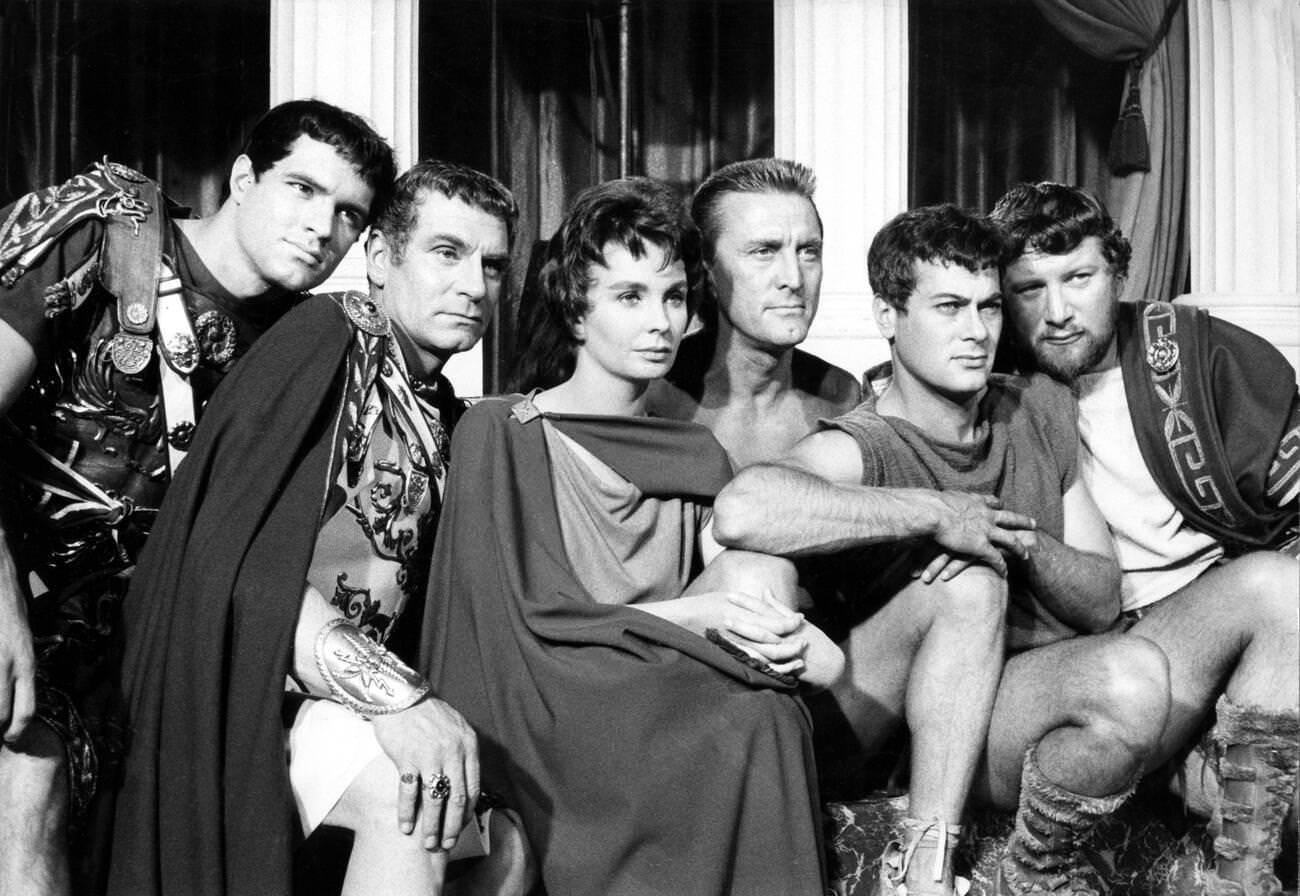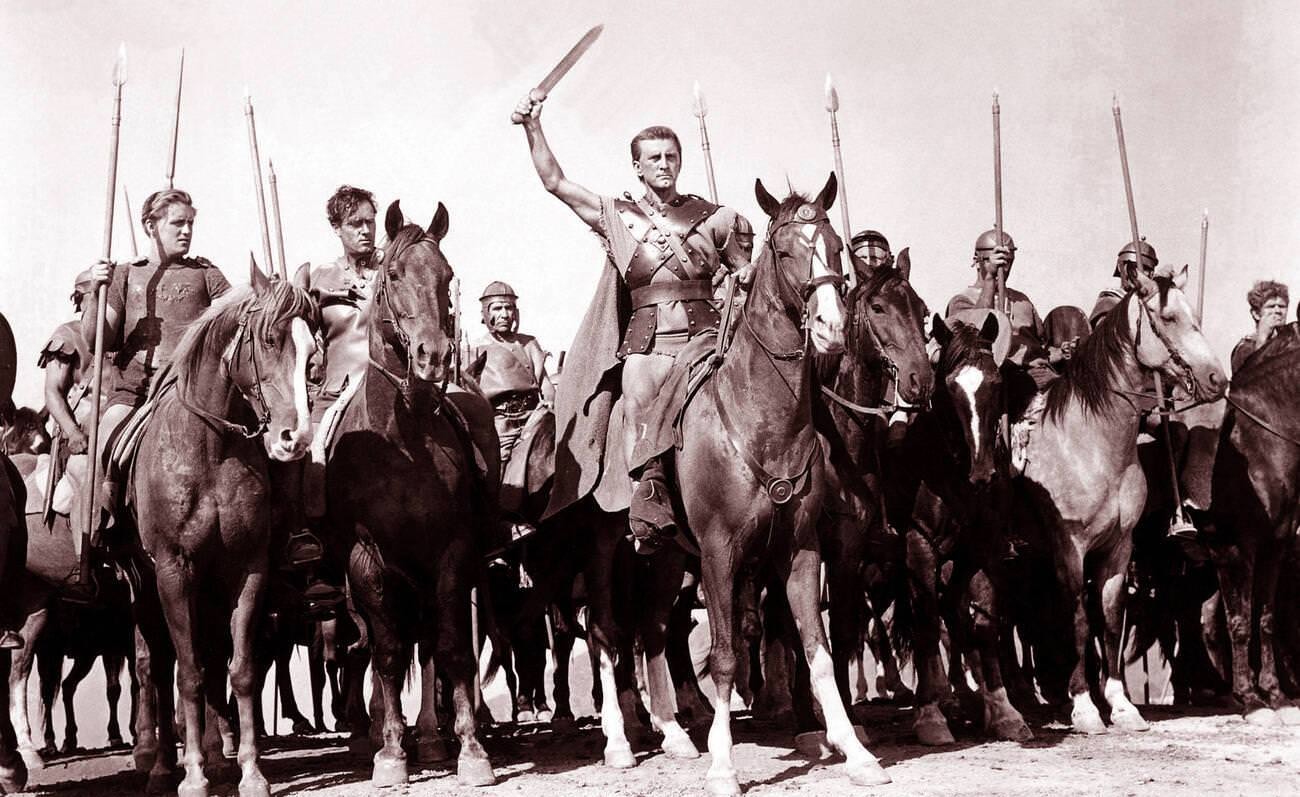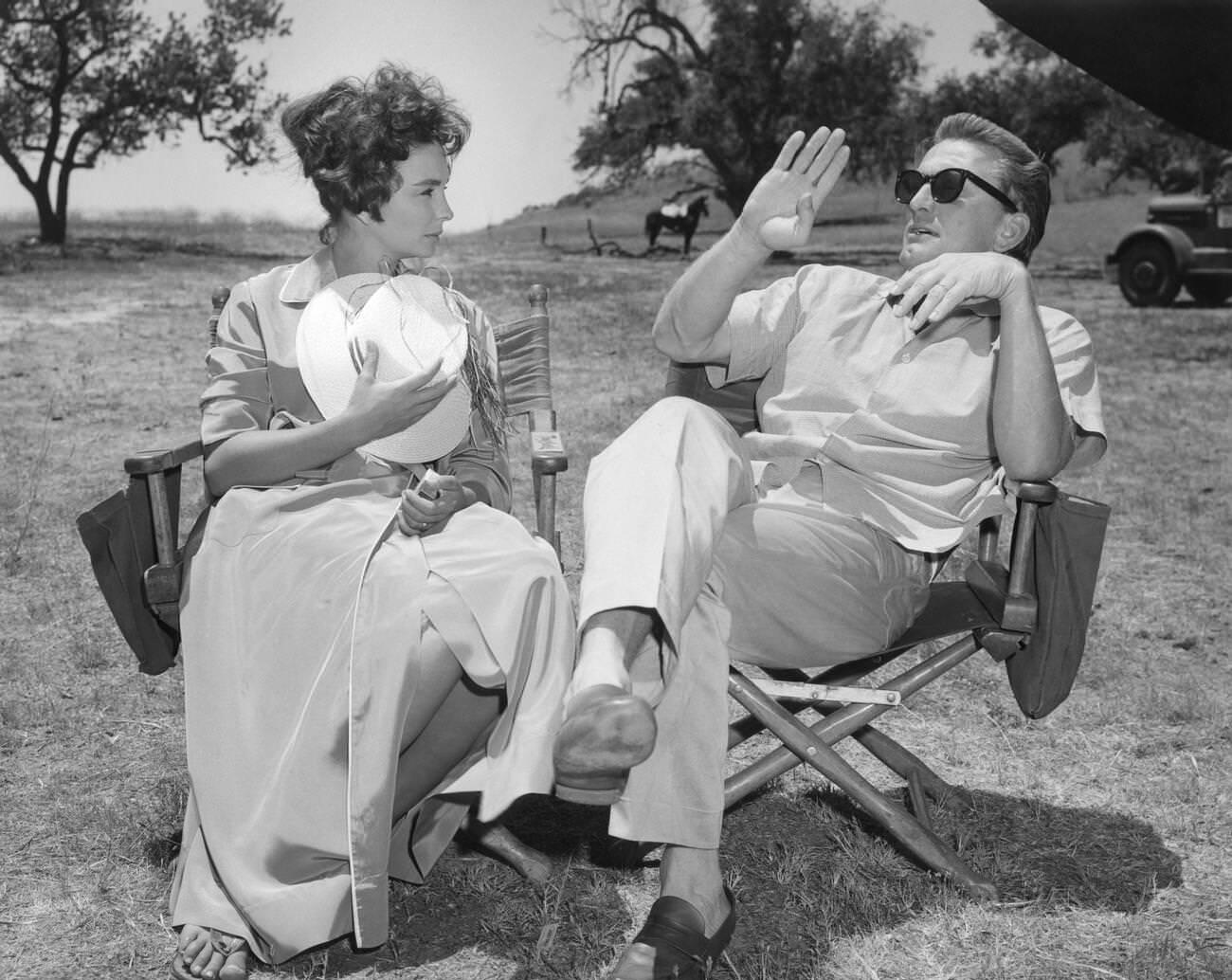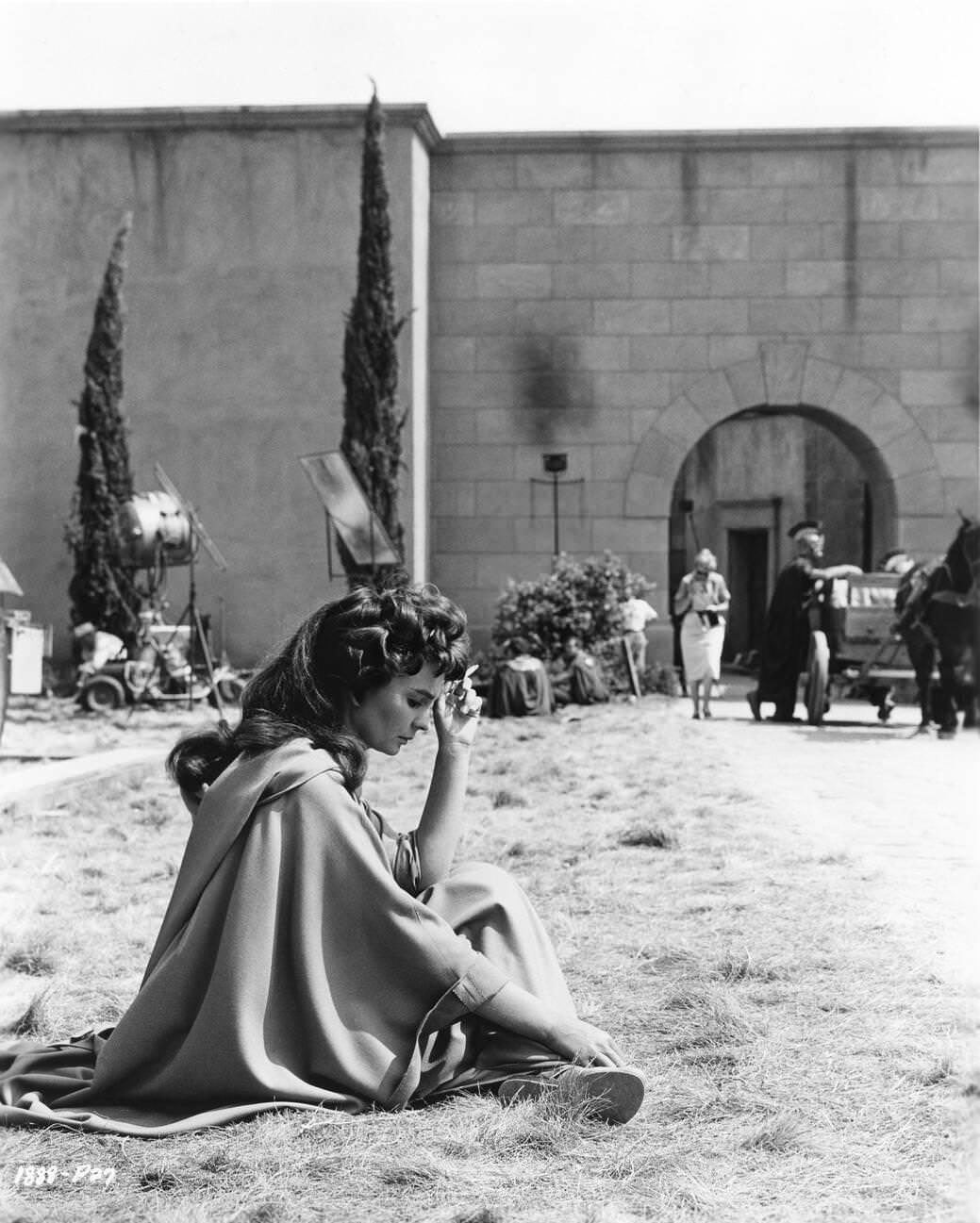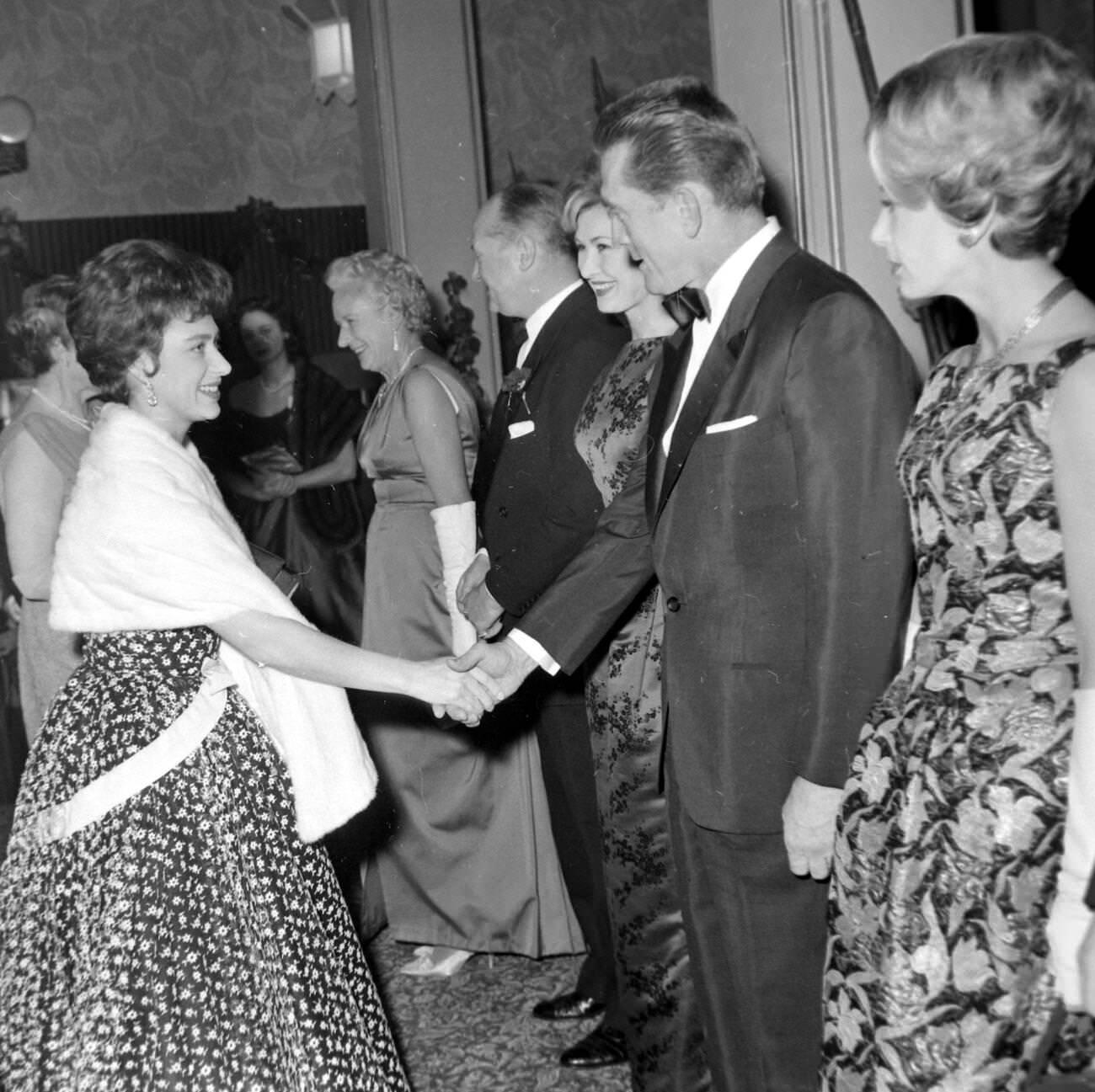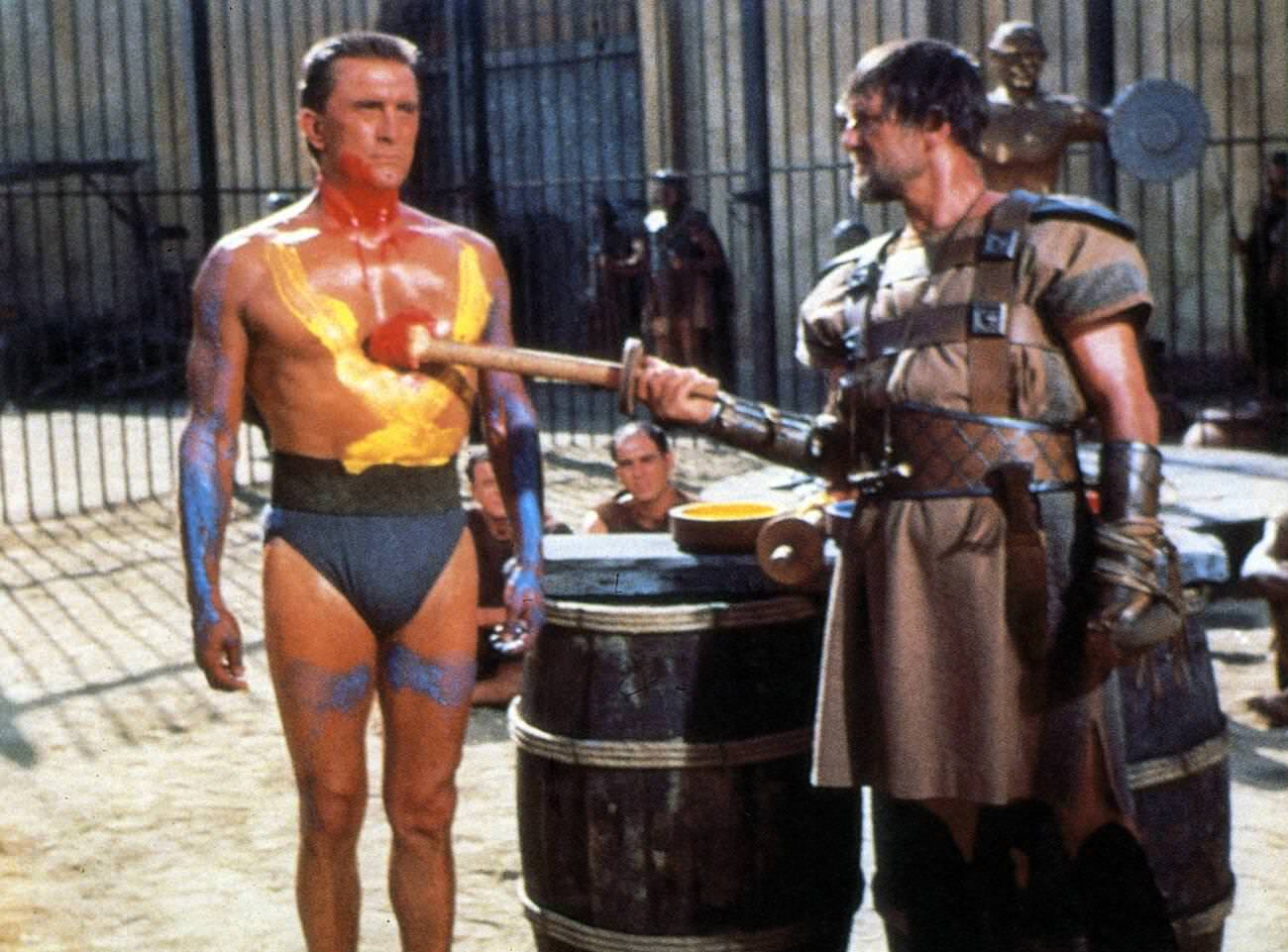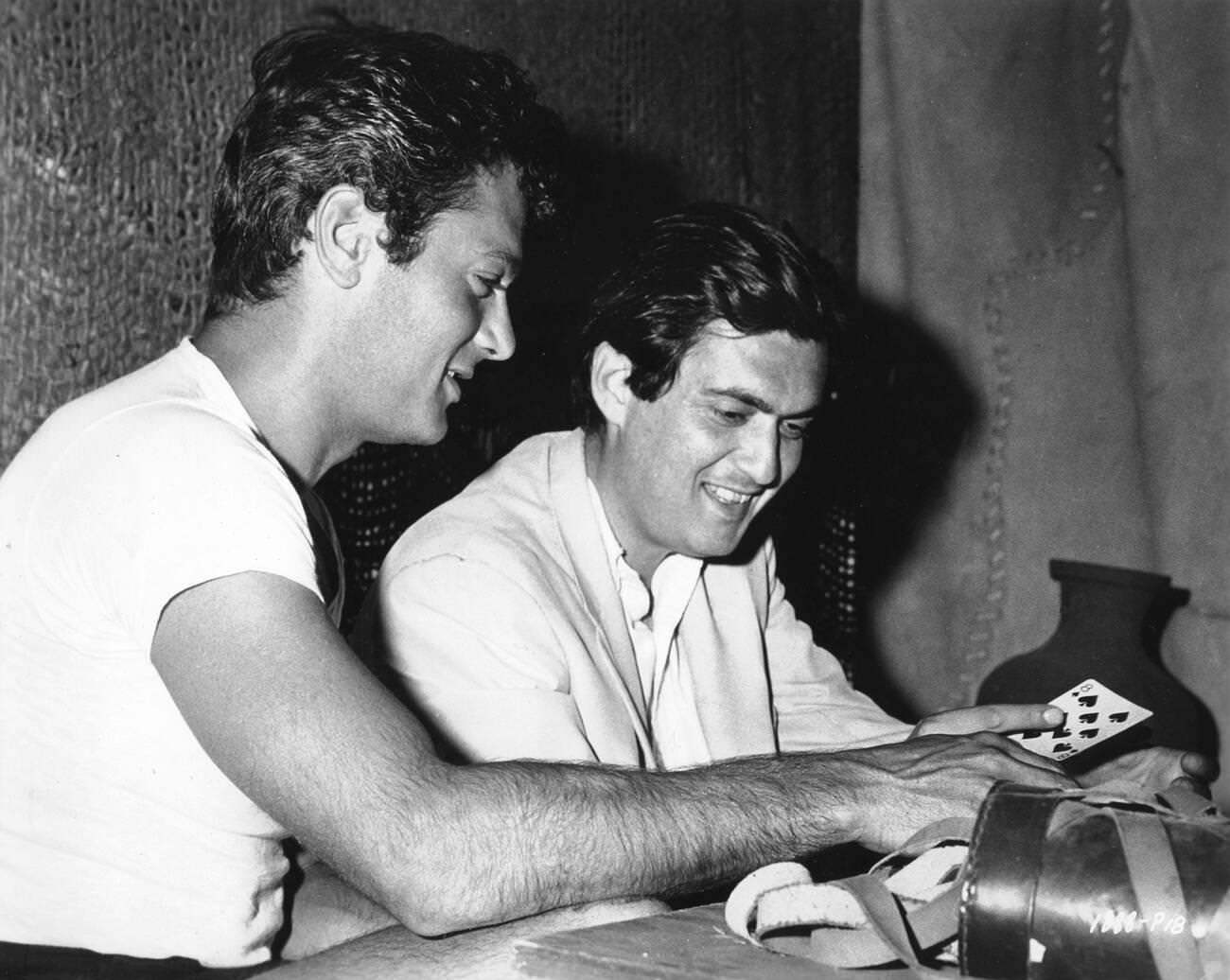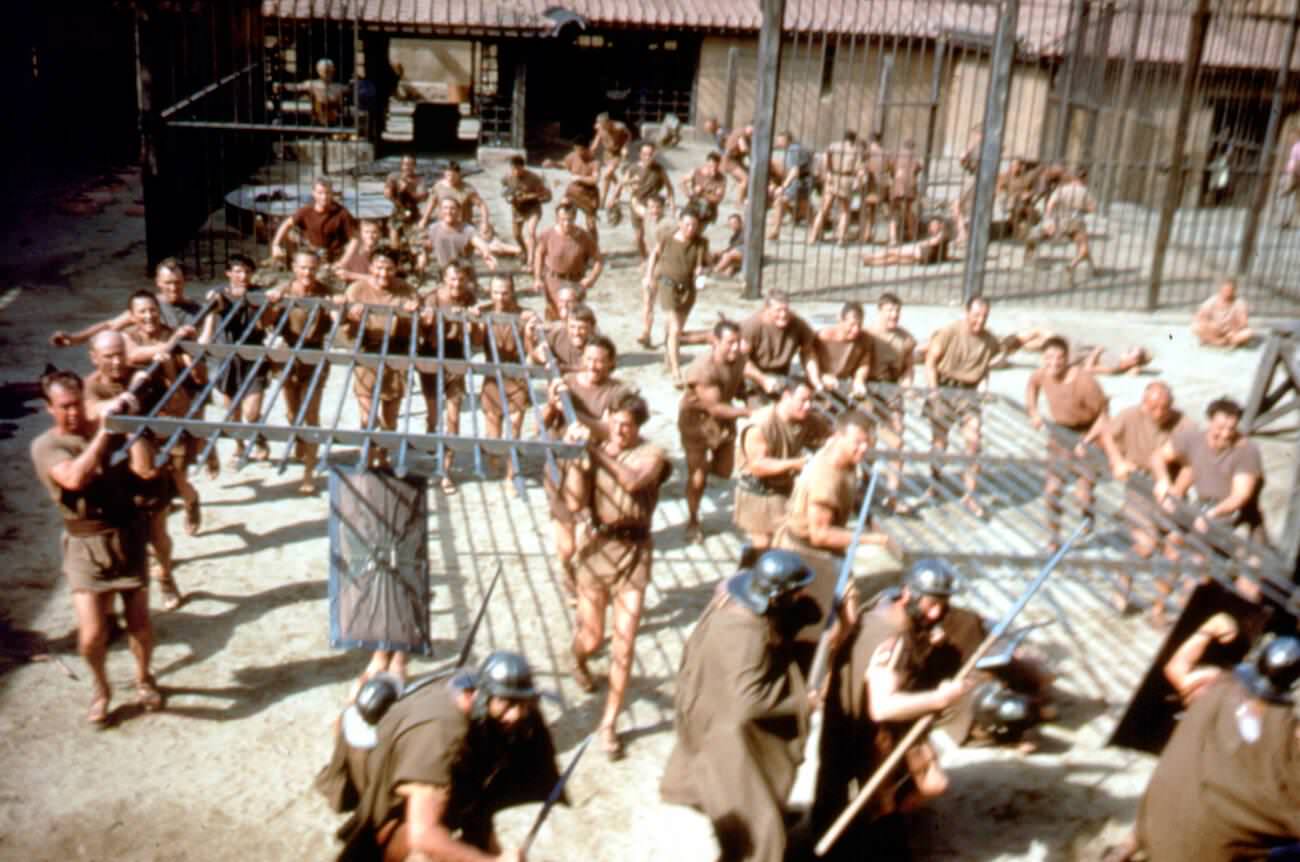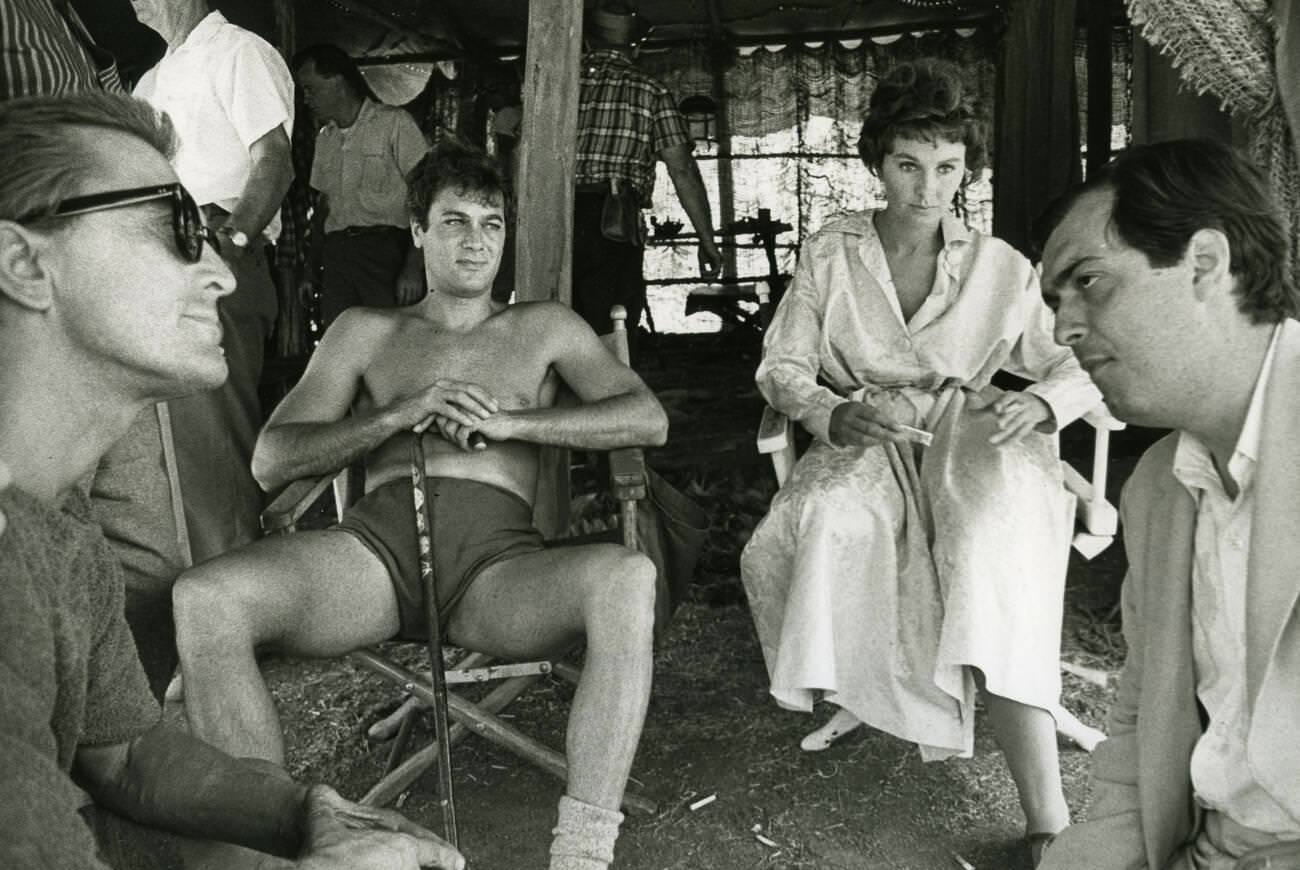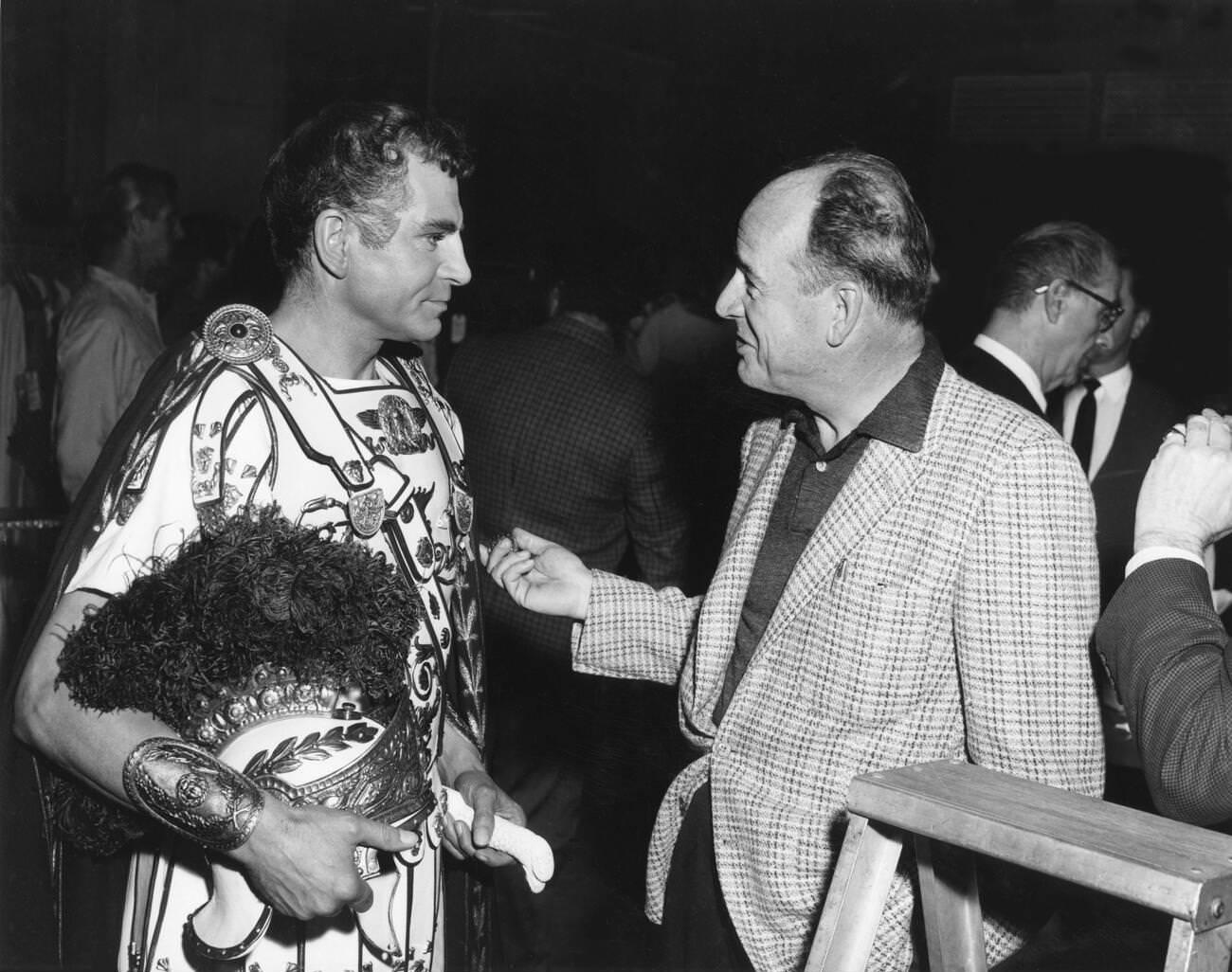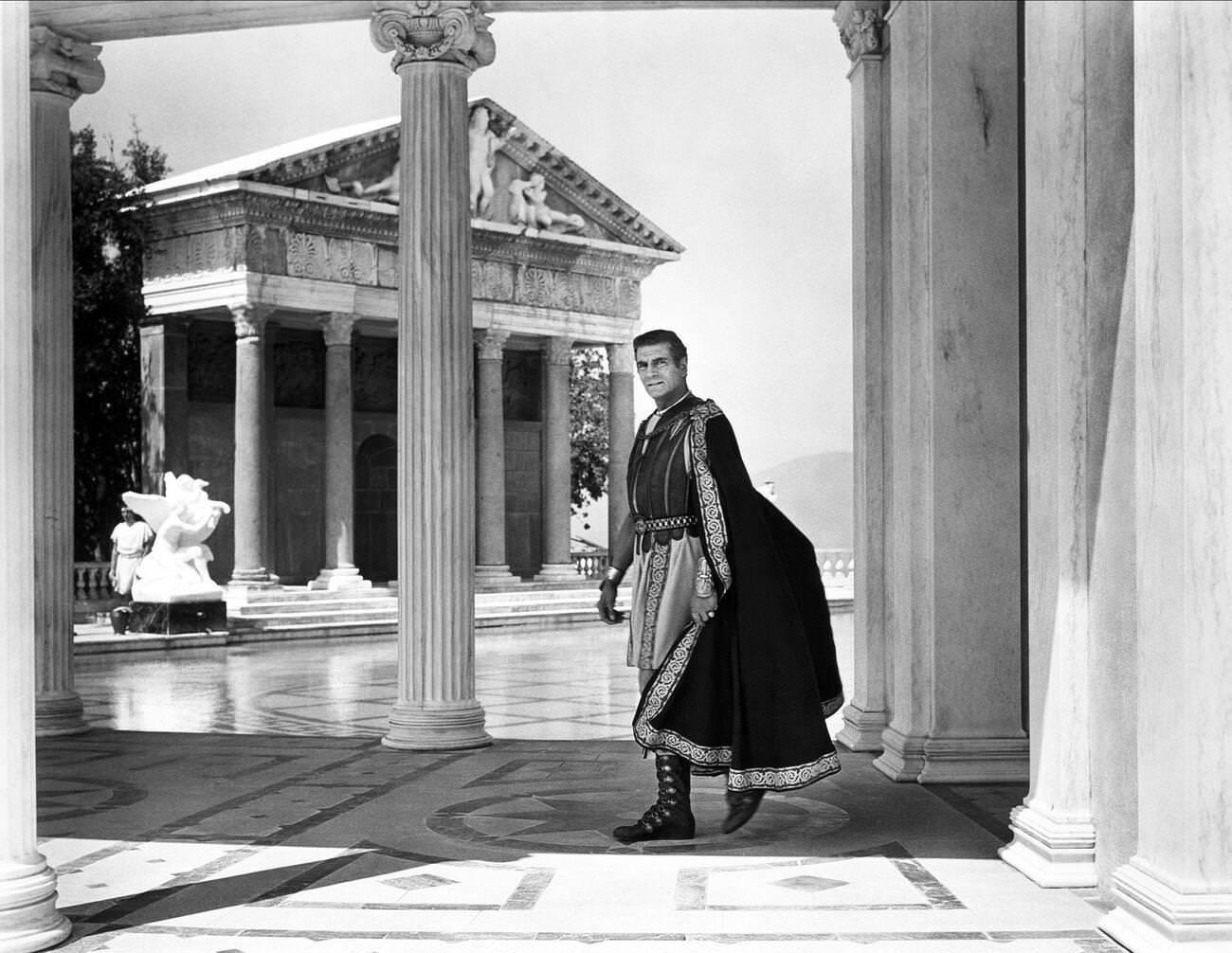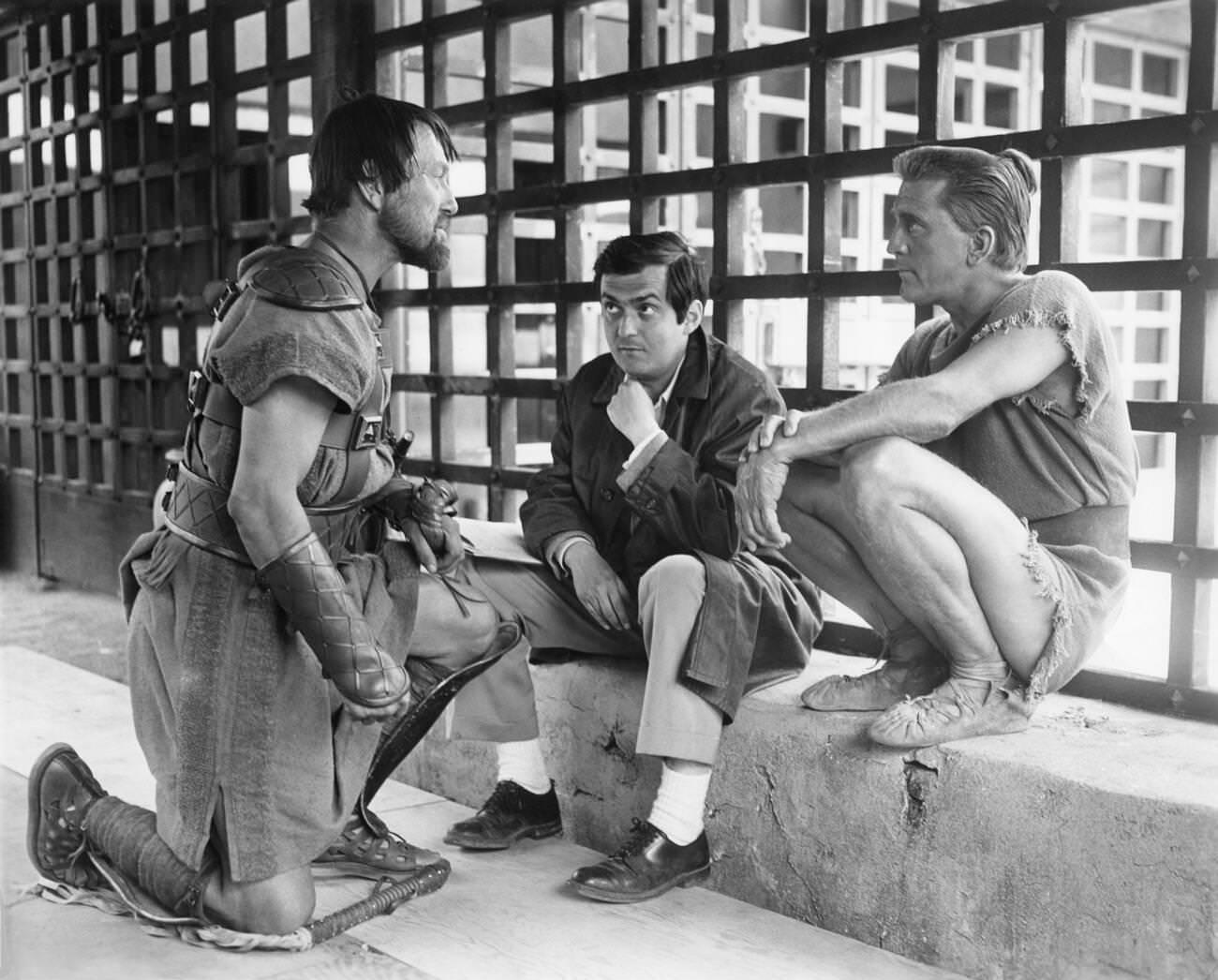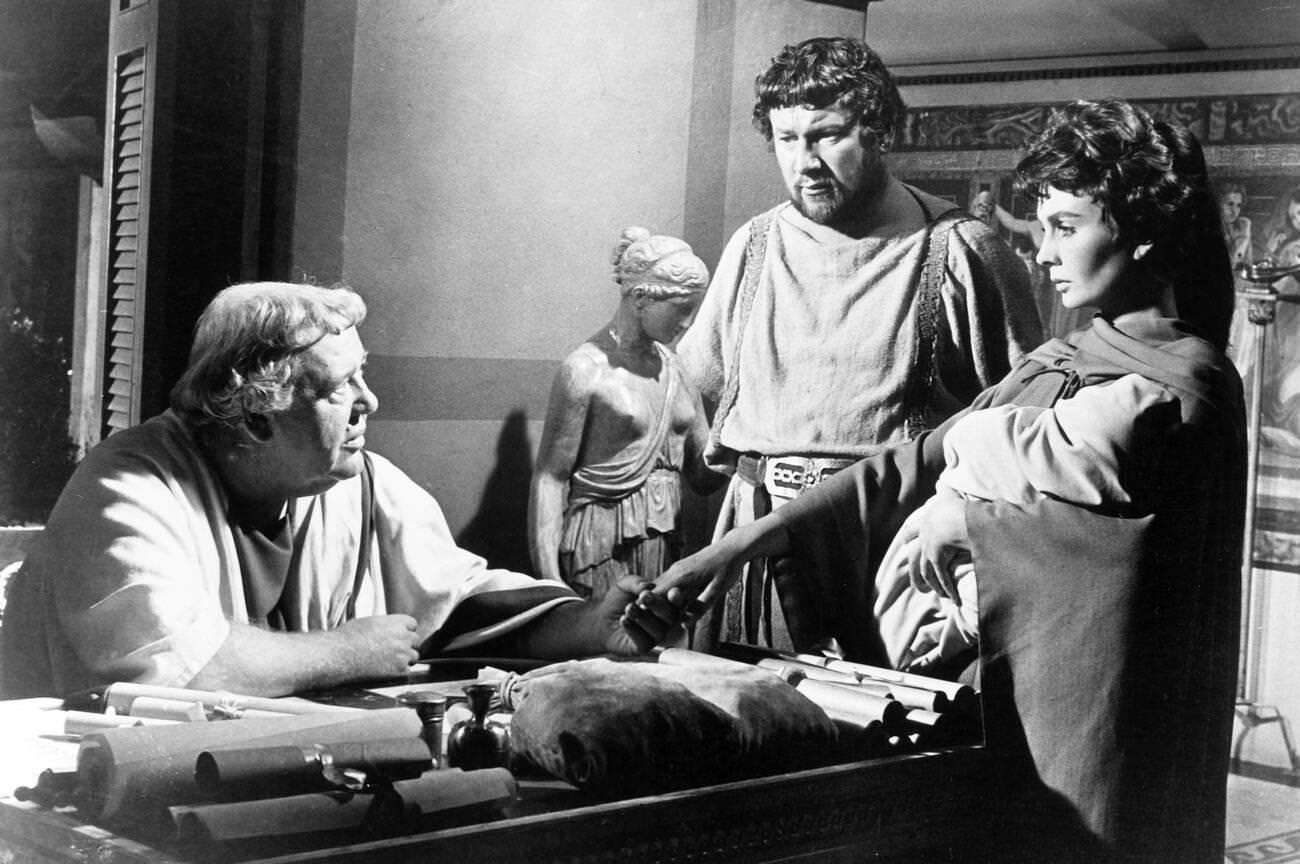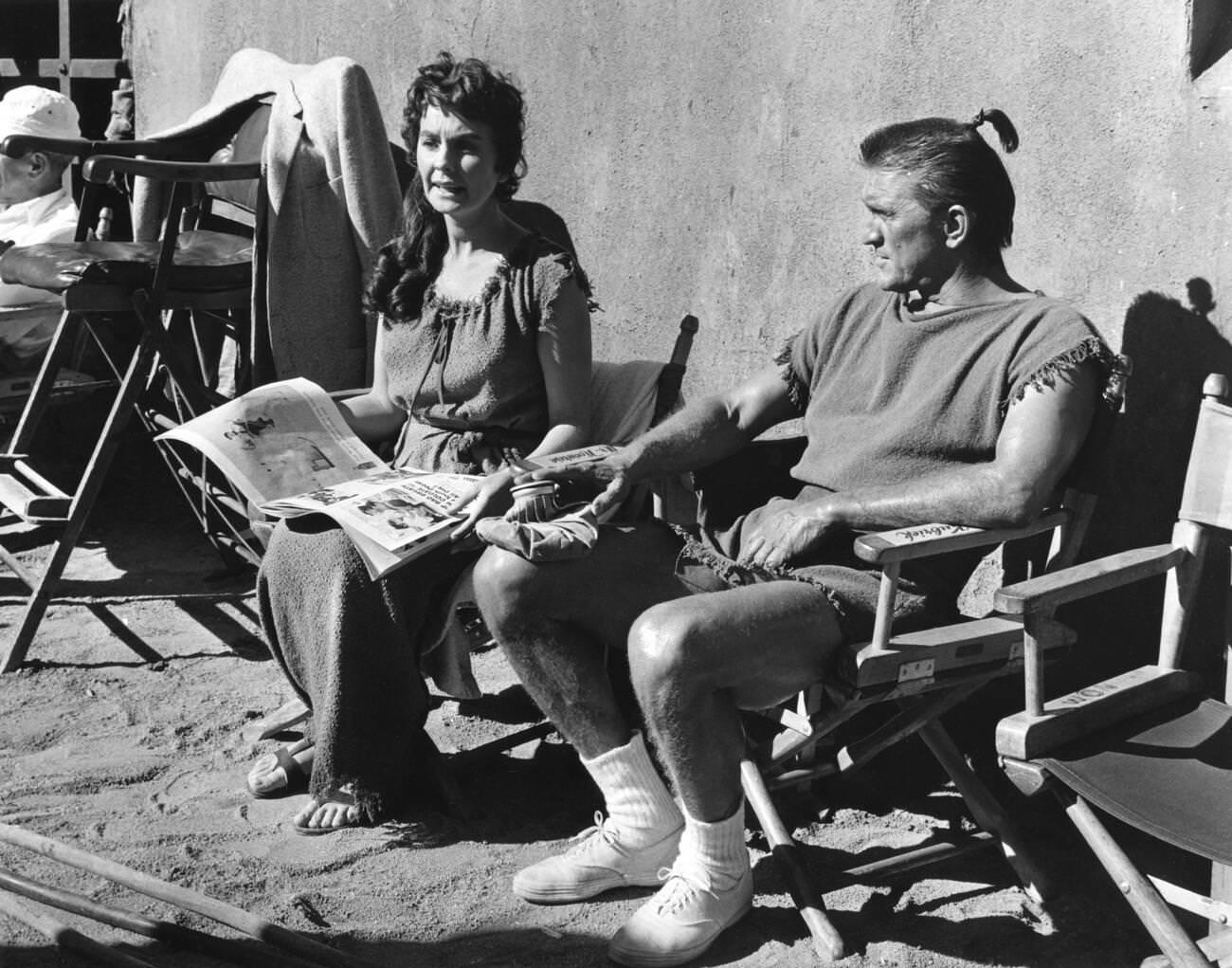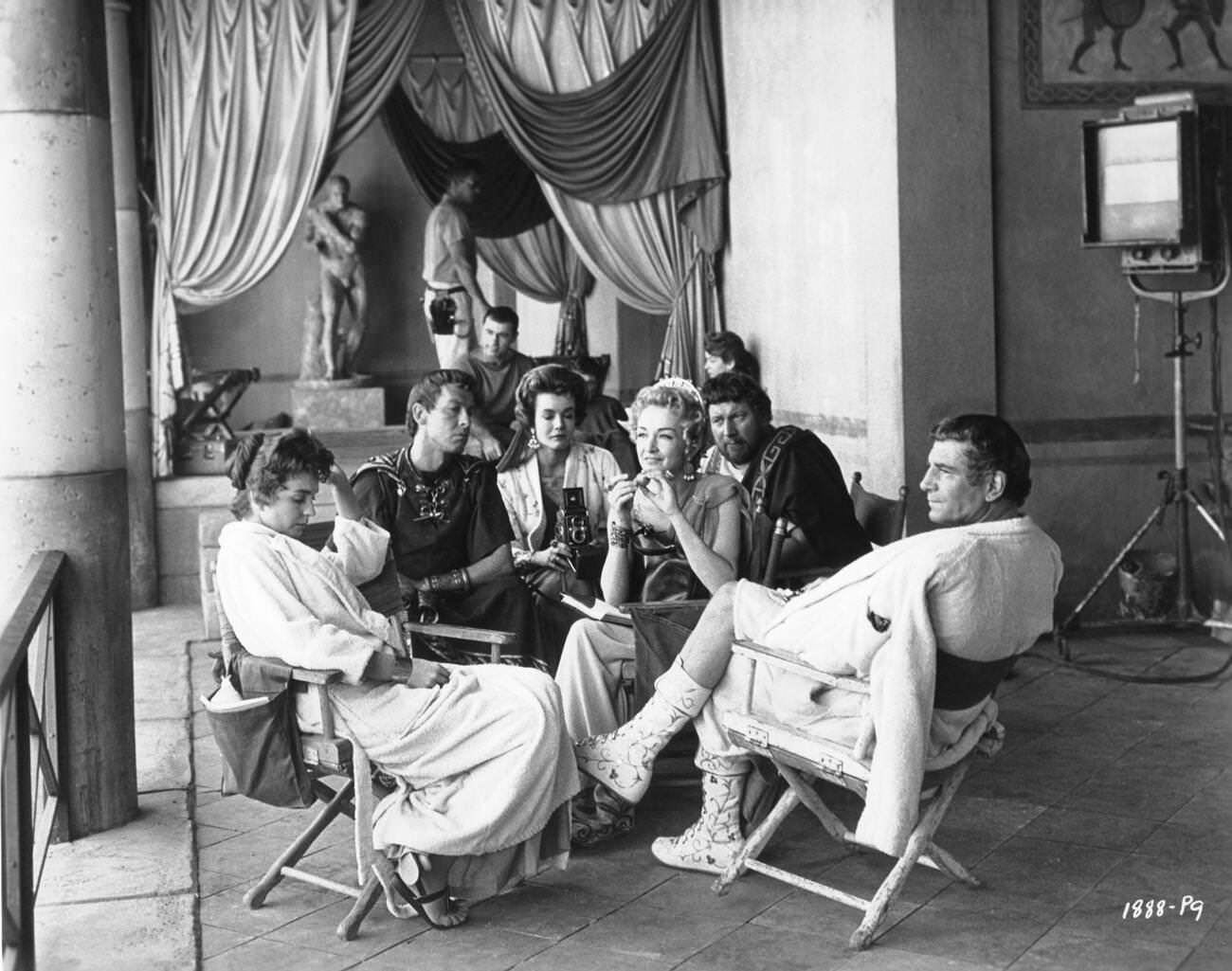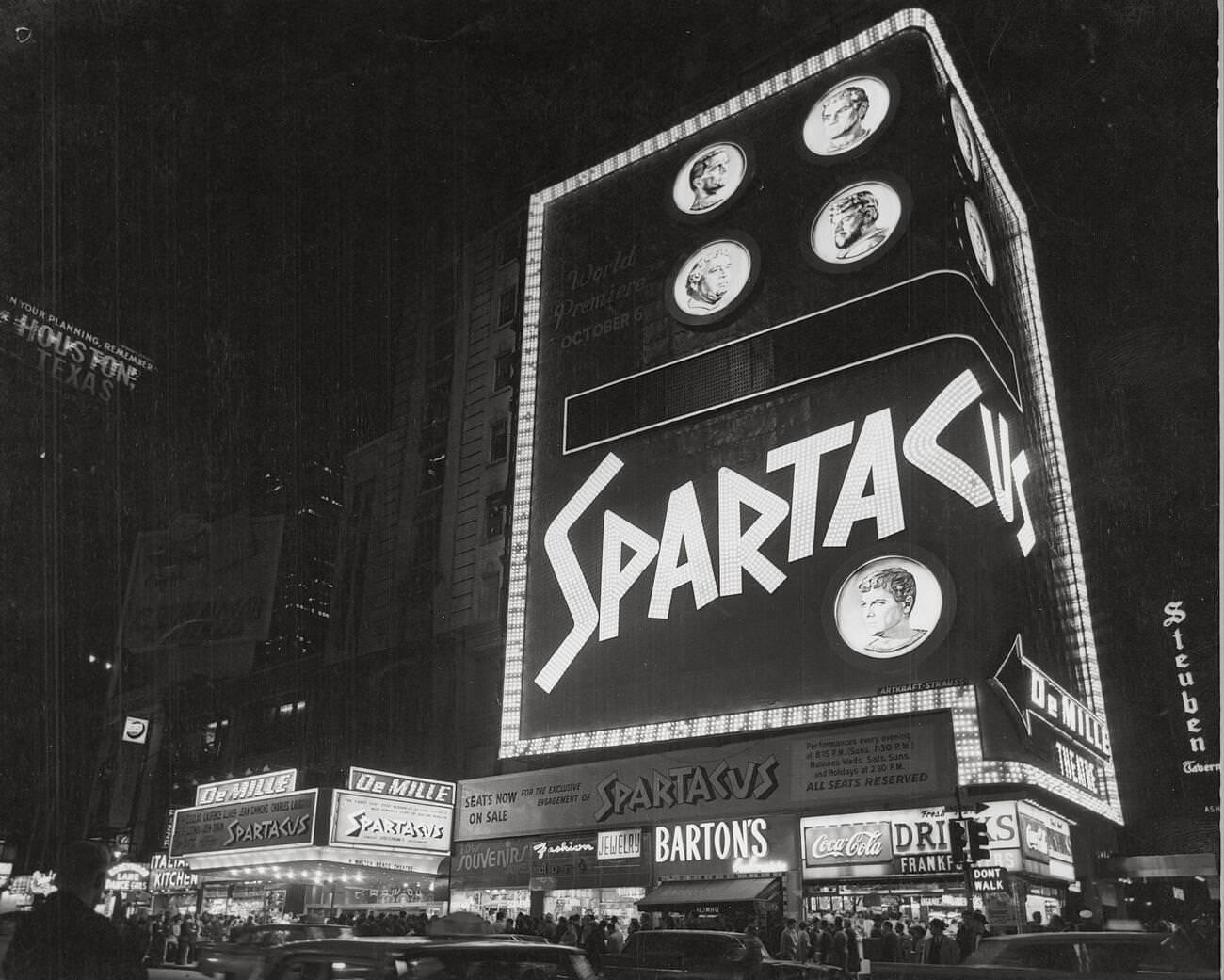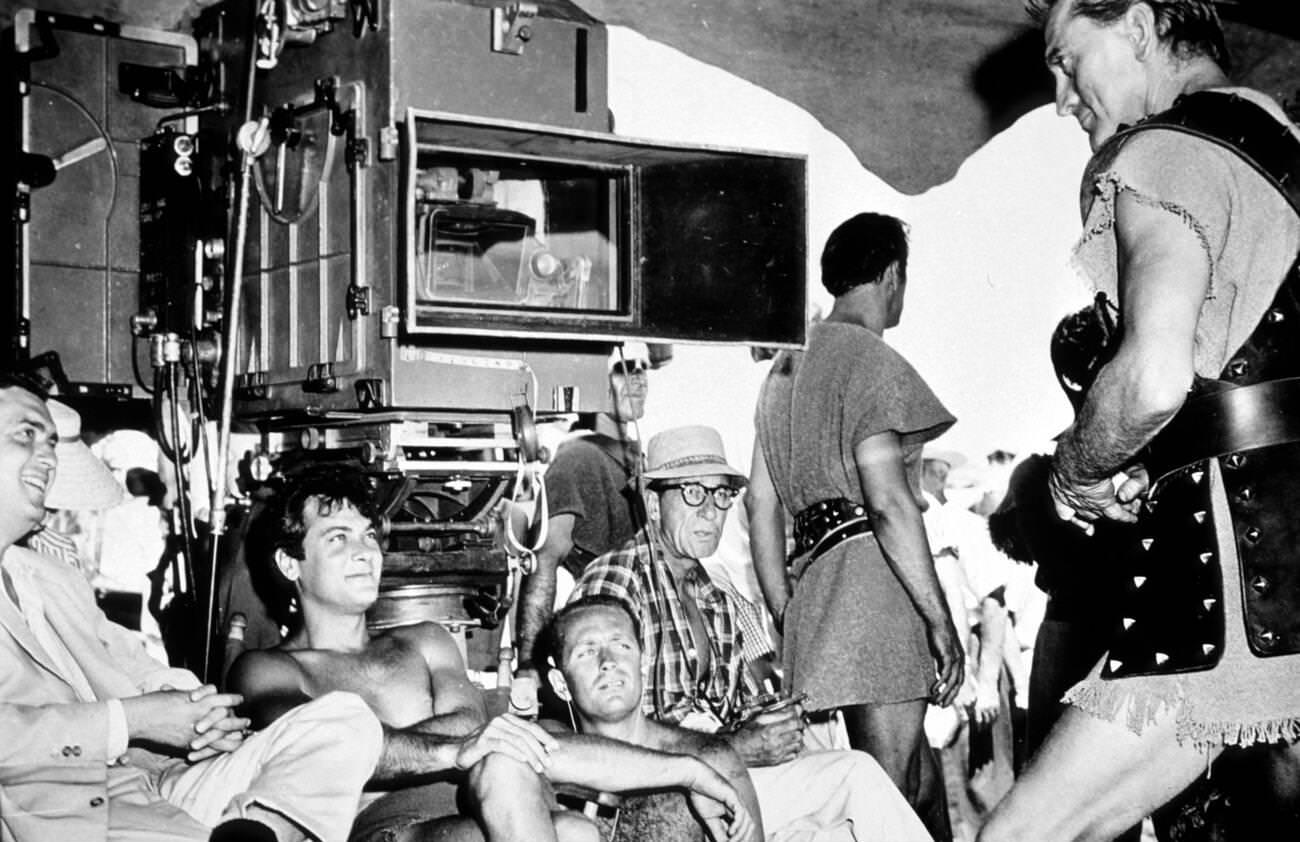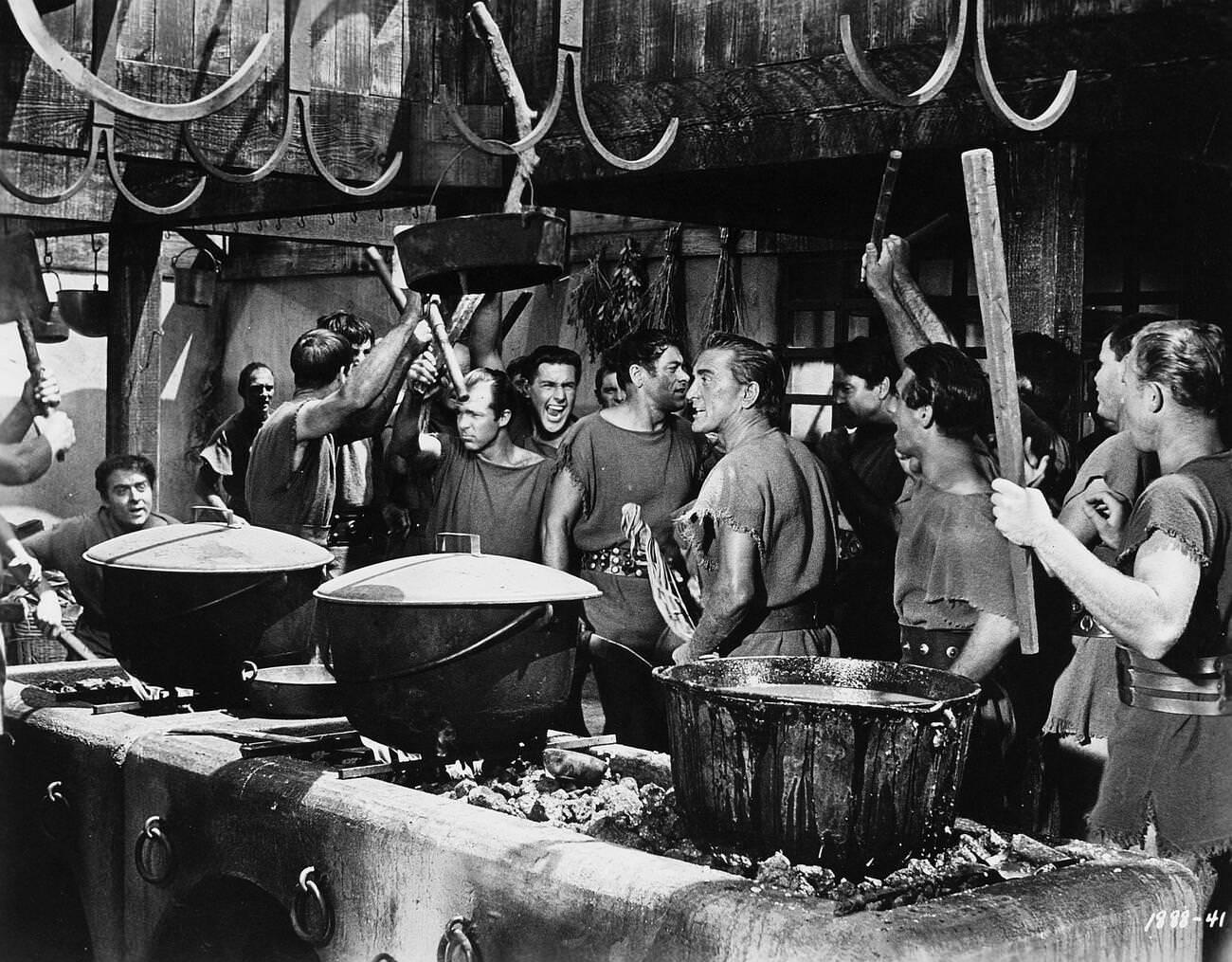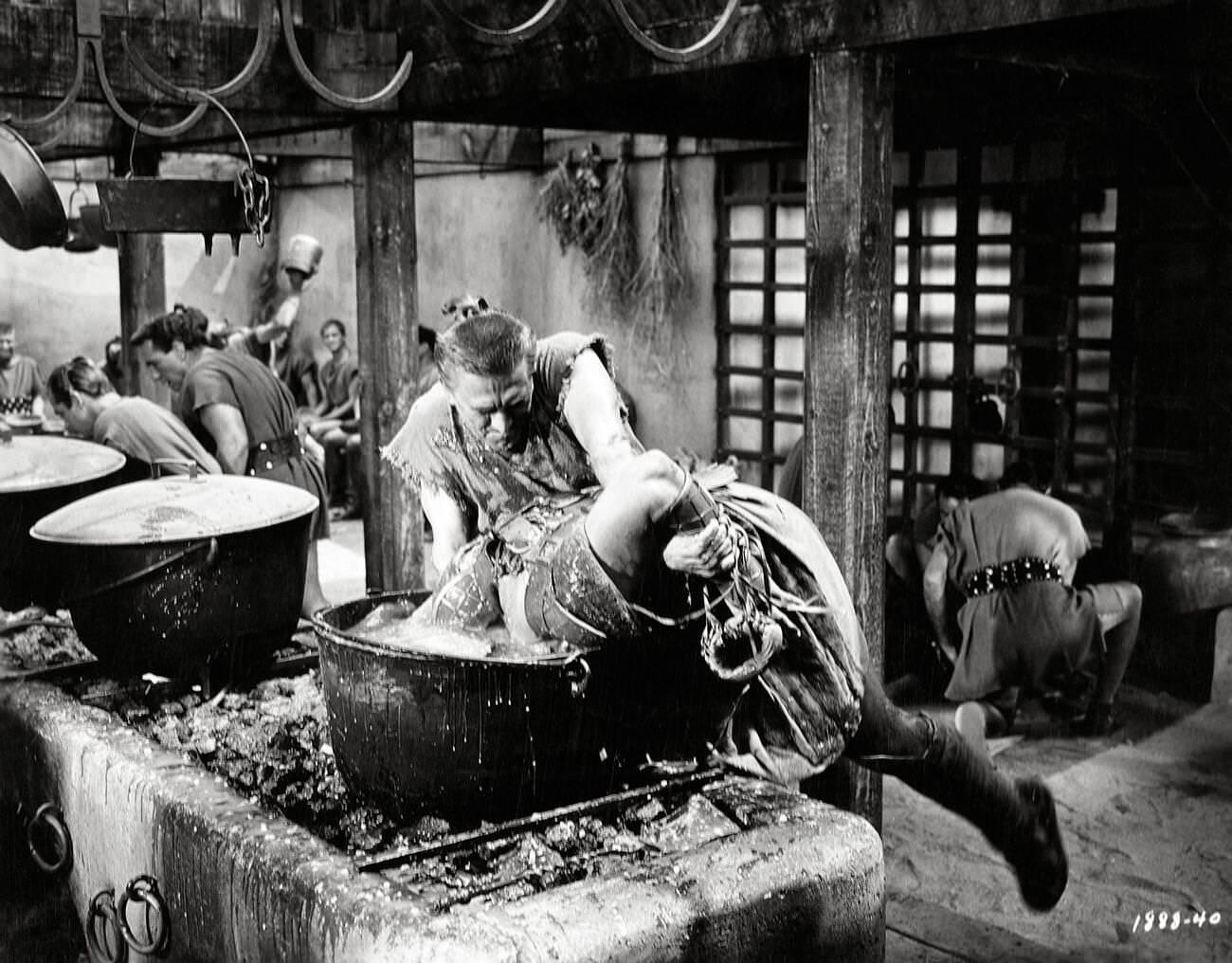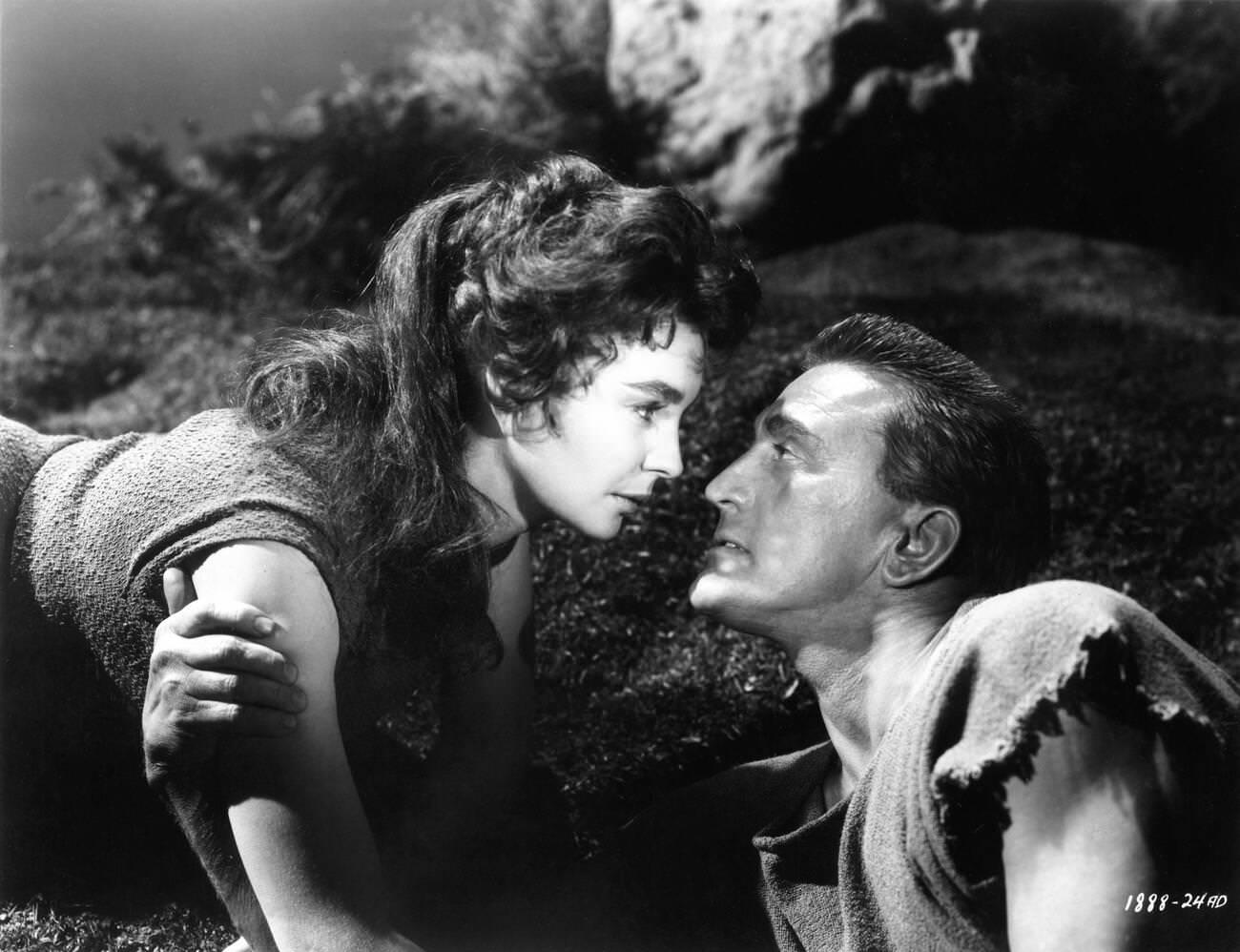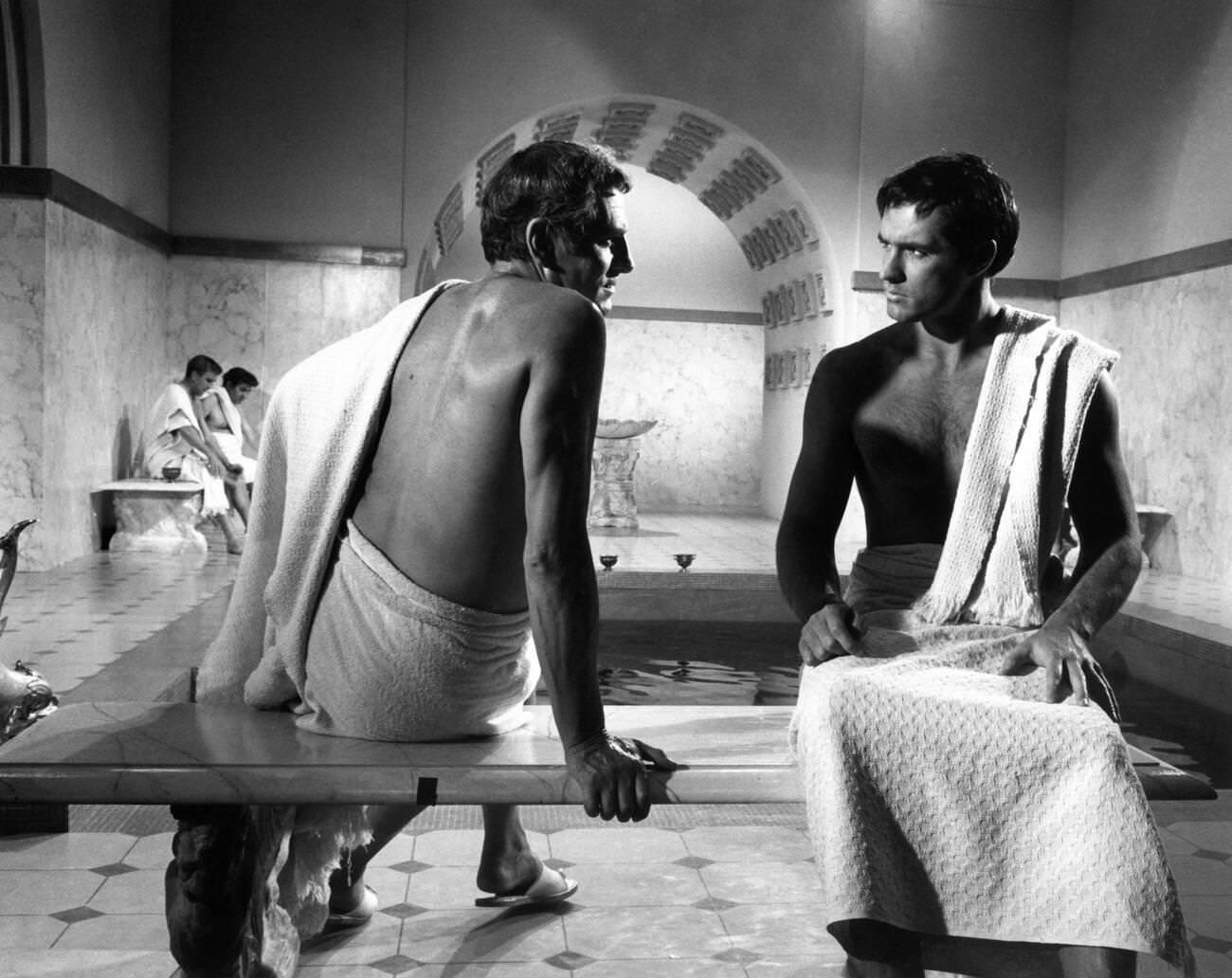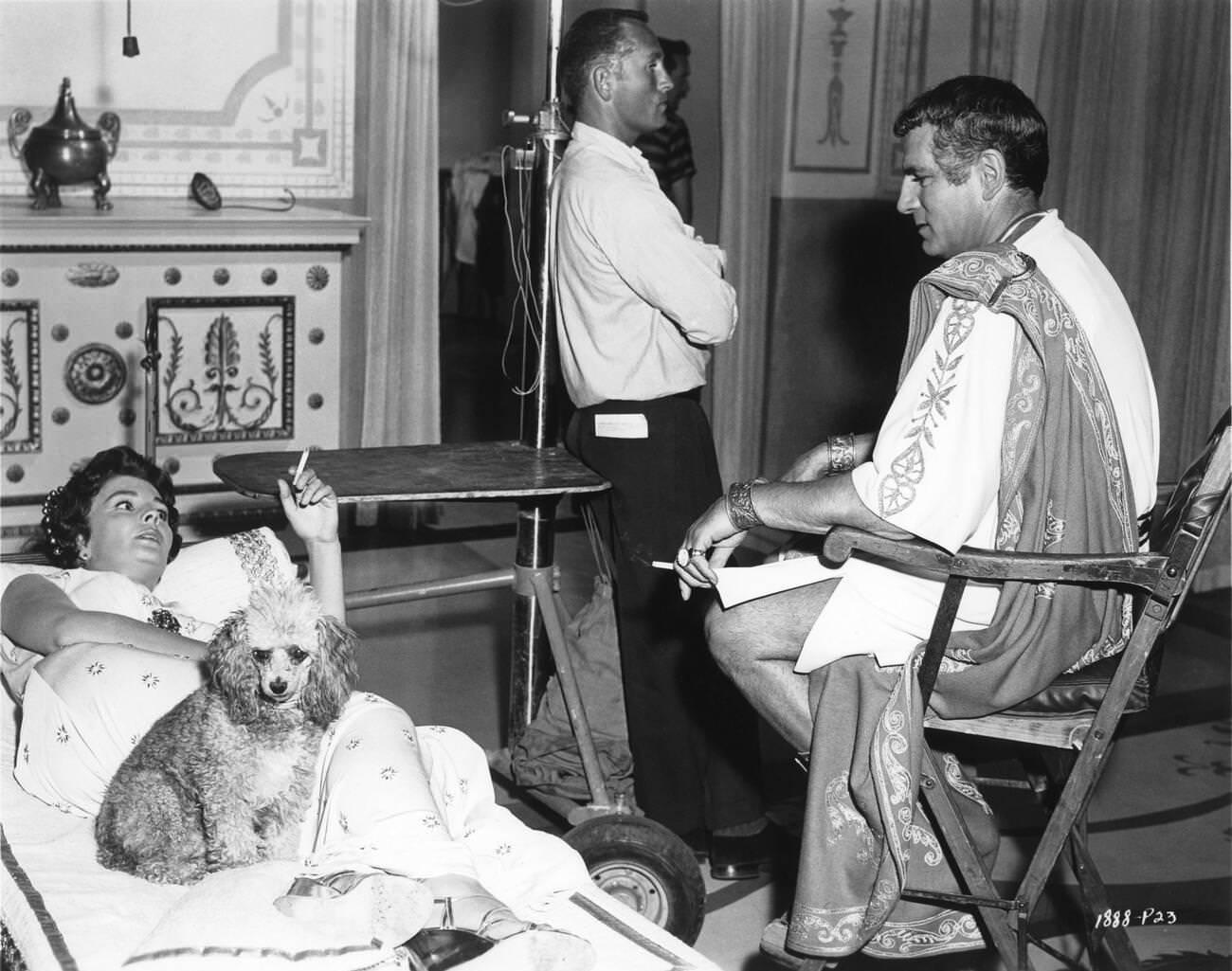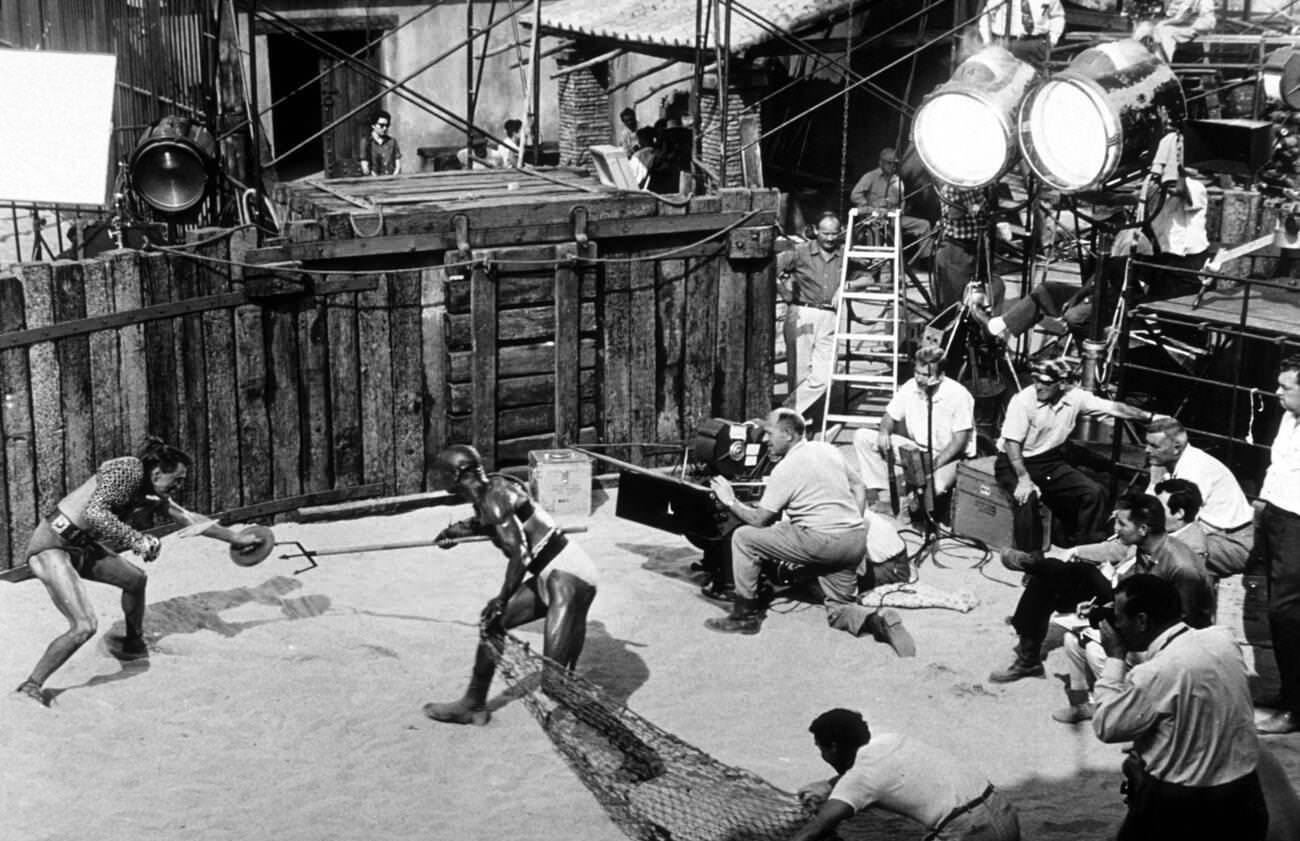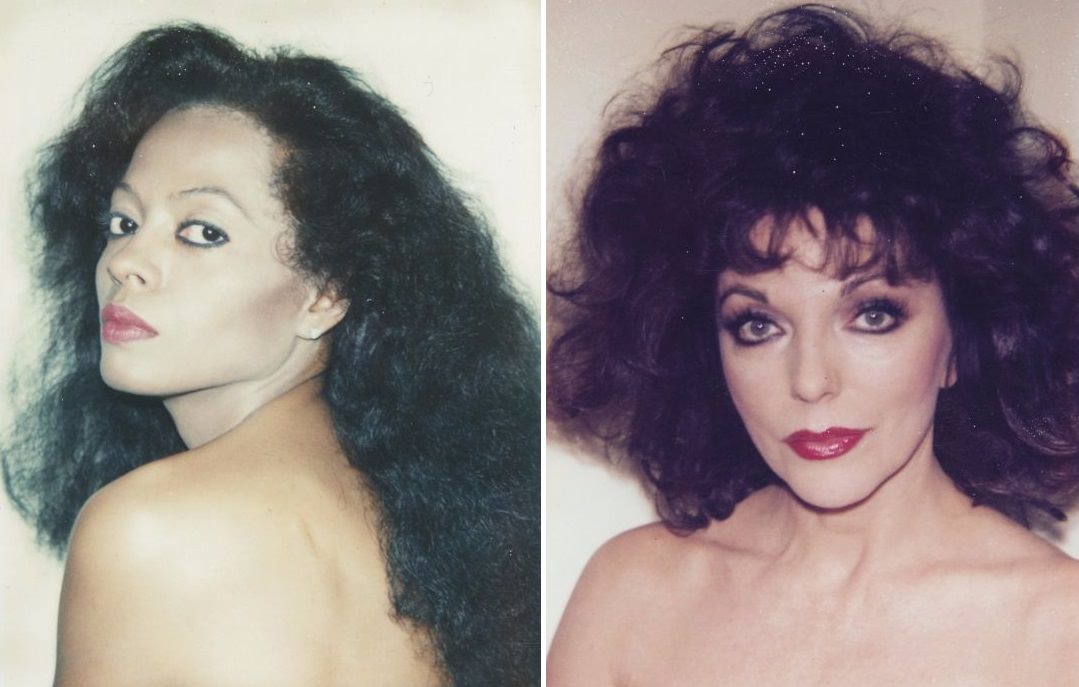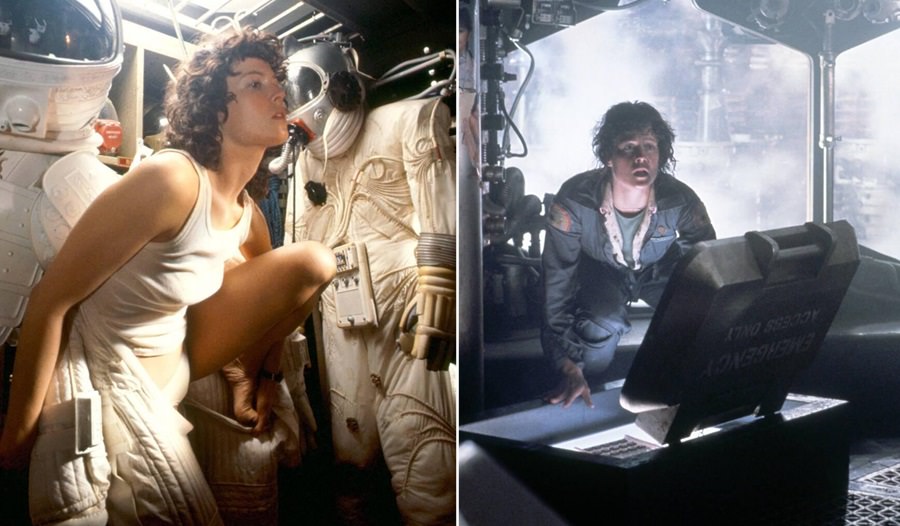“Spartacus” is a classic film that was released in 1960. Directed by Stanley Kubrick, it tells the story of a slave who leads a rebellion against the Roman Empire. The film remains famous for its powerful themes of freedom and justice. The making of “Spartacus” is a fascinating journey that involves many talented people, from actors to crew members. Let’s dive into the details of this iconic film.
The Plot
The story of “Spartacus” is set in ancient Rome. It follows a Thracian slave named Spartacus, played by Kirk Douglas. Spartacus is captured and sold into slavery. He ends up in a gladiator school, where he trains to fight in the arena. Spartacus is strong and brave, but he dreams of freedom.
As he trains, he meets other slaves who share his desire for liberation. Together, they plan a revolt against their Roman masters. Spartacus becomes the leader of the rebellion, inspiring others to join in the fight for freedom. The film shows the struggles and battles of Spartacus and his followers as they fight against the powerful Roman army.
The story explores themes of courage, sacrifice, and the fight against oppression. It raises questions about what it means to be free and how far people are willing to go to achieve that freedom.
Read more
The Cast
The cast of “Spartacus” is one of its greatest strengths. Kirk Douglas took on the role of Spartacus, and he was perfect for the part. Douglas was already a well-known actor by 1960, and his performance brought the character to life.
Other notable actors included Jean Simmons as Varinia, Spartacus’s love interest. Simmons portrayed Varinia with grace and strength. Her character plays a crucial role in the story, as she represents hope and love in the midst of chaos.
Laurence Olivier played the role of Crassus, a wealthy Roman general. Olivier’s performance was powerful and added depth to the film. His character is the main antagonist, representing the oppressive nature of the Roman Empire.
Tony Curtis played Antoninus, a young slave who becomes Spartacus’s friend. His character adds a youthful energy to the story. Curtis and Douglas developed a strong on-screen friendship that made their scenes together memorable.
Other talented actors included Peter Ustinov as Lentulus Batiatus, the owner of the gladiator school, and Charles Laughton as Gracchus, a senator who plays a complicated role in the story. The ensemble cast worked well together, creating a believable world filled with strong characters.
The Production
The making of “Spartacus” was not easy. The film was produced by Kirk Douglas himself. He was determined to make a movie that would not only entertain but also tell an important story. The production faced many challenges, including budget issues and creative differences.
Originally, the film was to be directed by Anthony Mann. However, after several weeks of filming, Douglas was unhappy with Mann’s direction. He wanted a different vision for the film. This led to a significant change in leadership. Douglas approached Stanley Kubrick, who was known for his unique style and storytelling ability. Kubrick agreed to take on the project, but he had his own ideas about how to make the film.
Kubrick’s vision for “Spartacus” included grand sets and large battle scenes. He wanted to create an epic film that would stand the test of time. The production team worked hard to build massive sets that depicted ancient Rome. The attention to detail was remarkable, with authentic-looking buildings and landscapes.
Filming took place in various locations, including California and Italy. The production used outdoor settings to capture the beauty of the landscapes. The crew faced challenges with weather and logistics, but they persevered to create the film’s stunning visuals.
The Screenplay
The screenplay for “Spartacus” was written by Dalton Trumbo. He was an accomplished writer but had faced challenges in Hollywood due to his political beliefs. During the time of the film’s production, Trumbo was blacklisted, meaning he was not allowed to work openly in the industry because of his ties to communism.
Despite this, Douglas and the production team chose to credit Trumbo for his work. This was a significant moment in film history, as it helped to break the blacklist. Trumbo’s screenplay was powerful and captured the essence of the story. It included memorable lines and speeches that resonated with audiences.
The dialogue in “Spartacus” was both dramatic and poignant. The characters expressed their struggles and desires in a way that connected with viewers. The themes of freedom and justice were woven throughout the script, making it a compelling story.
Costumes played a vital role in bringing “Spartacus” to life. The film’s costume designer, Edith Head, was one of Hollywood’s most famous designers. She was known for her ability to create stunning outfits that fit the characters and the time period.


